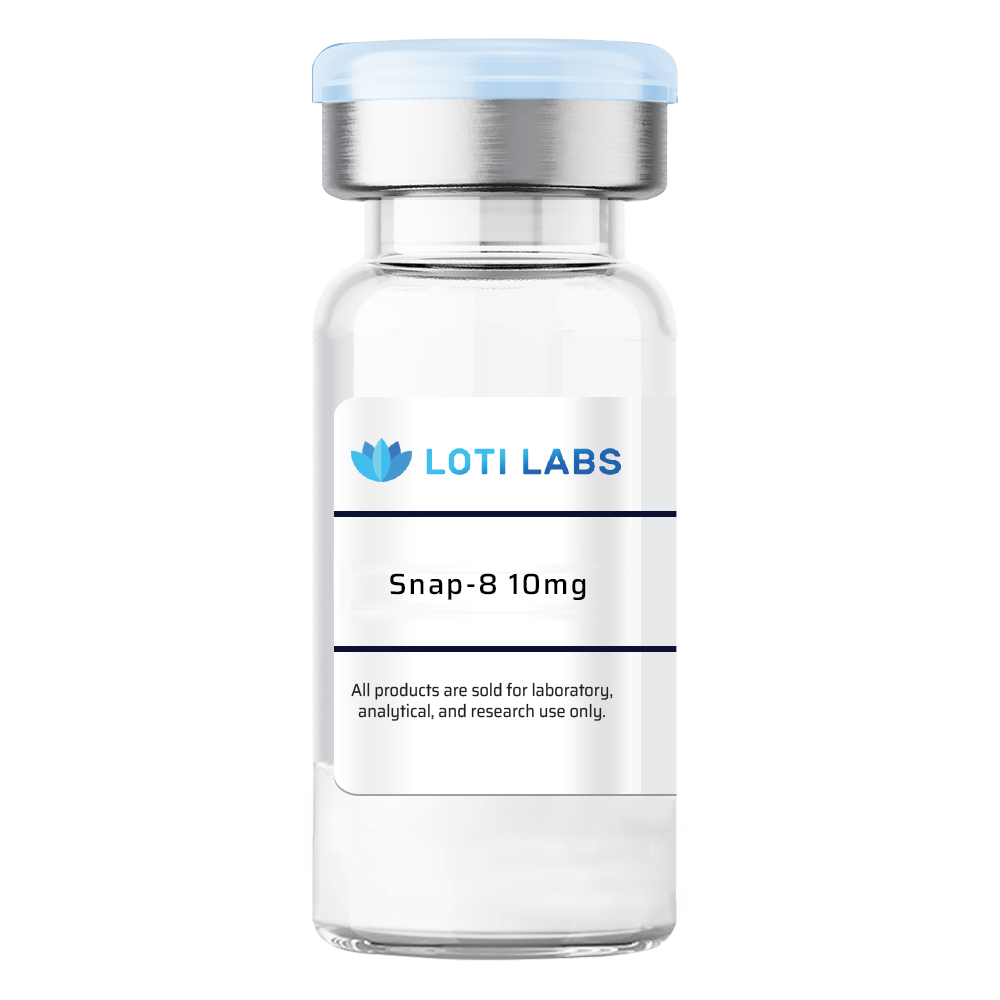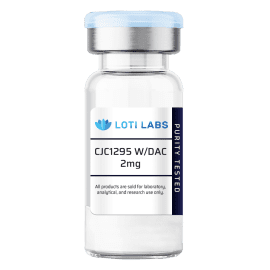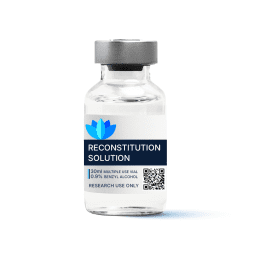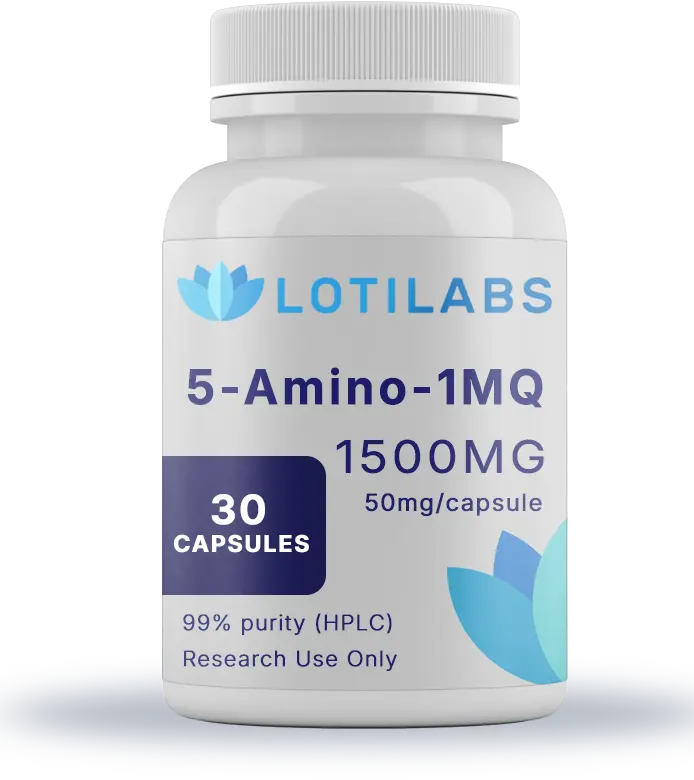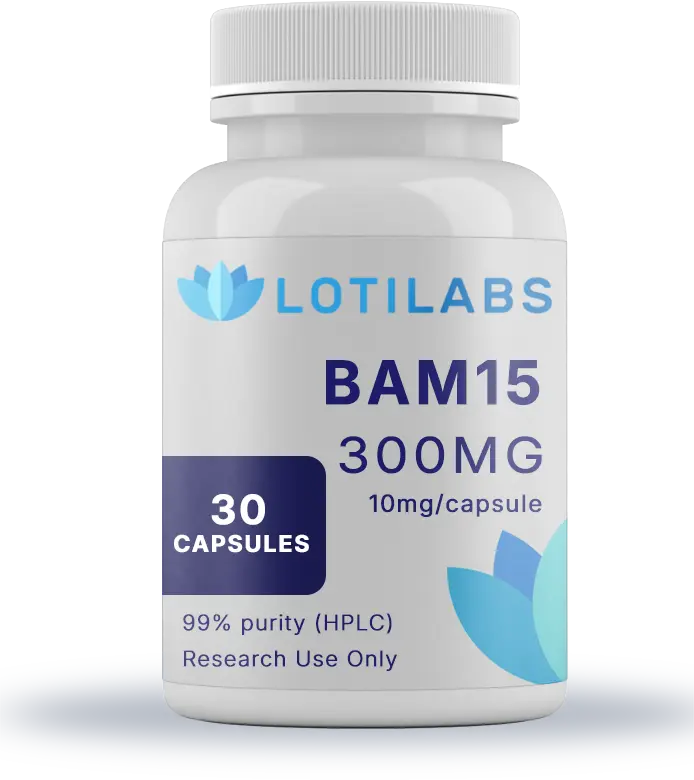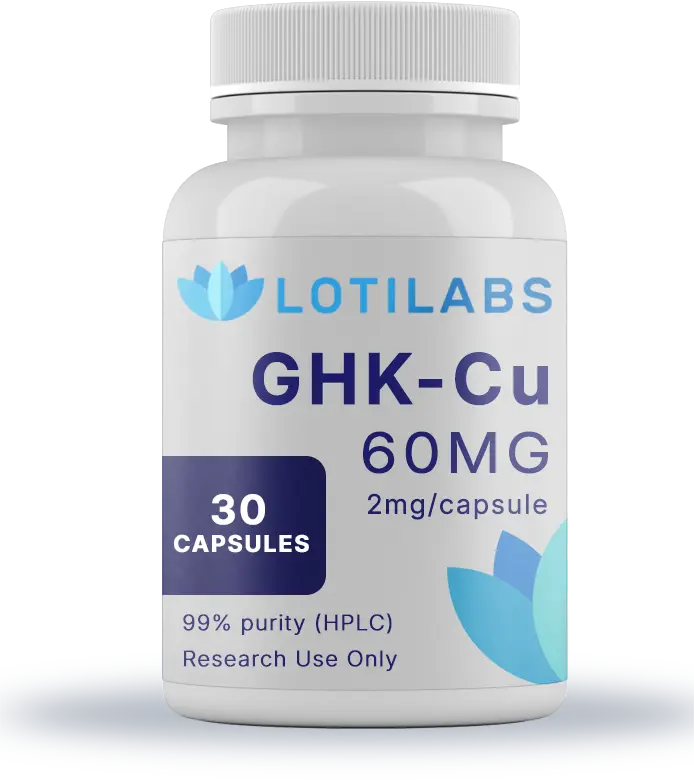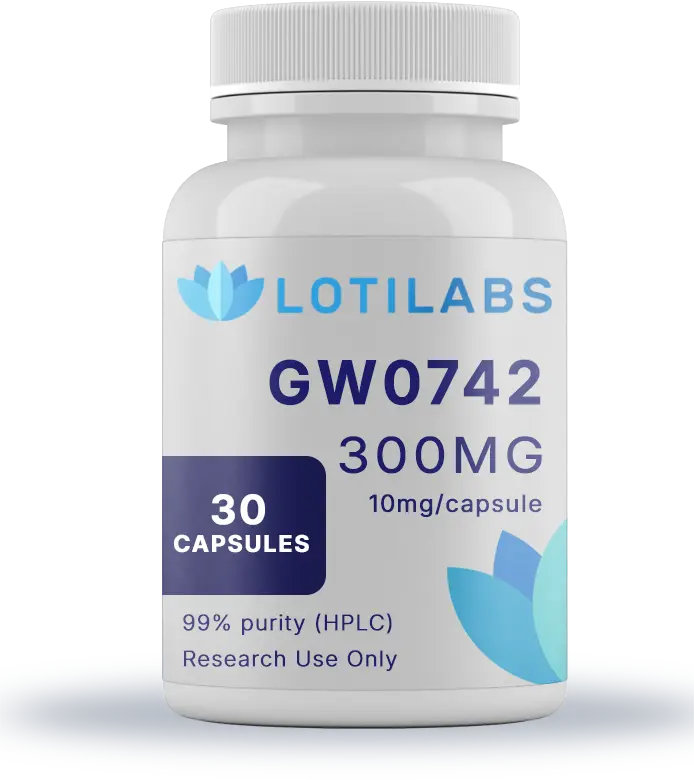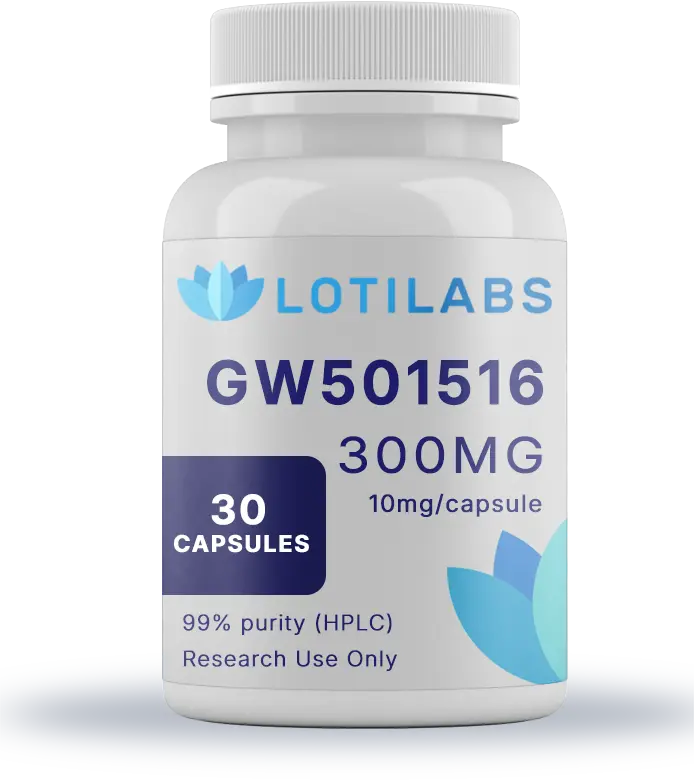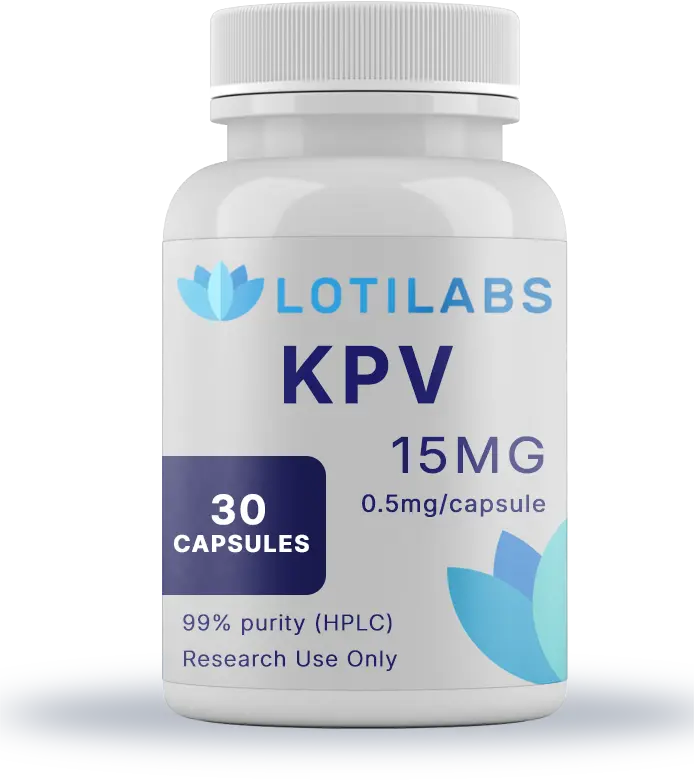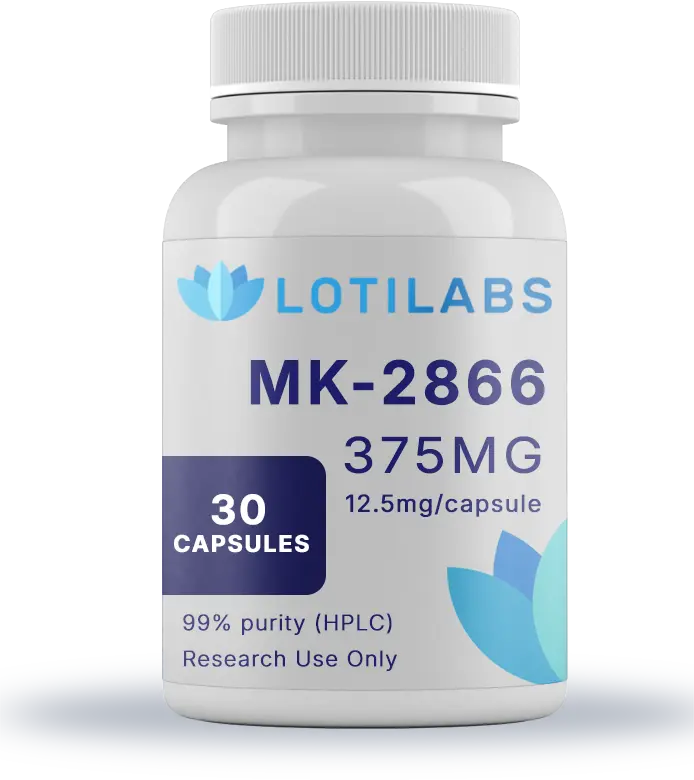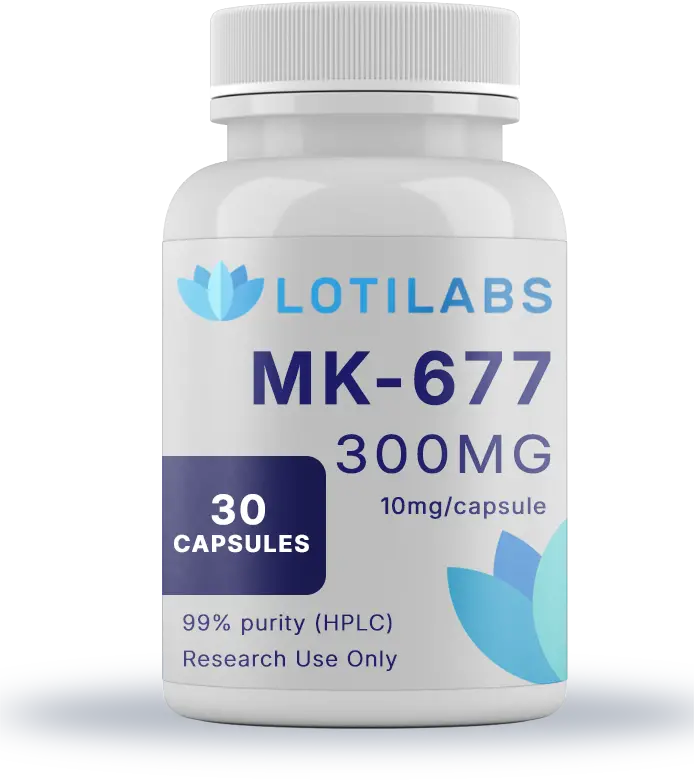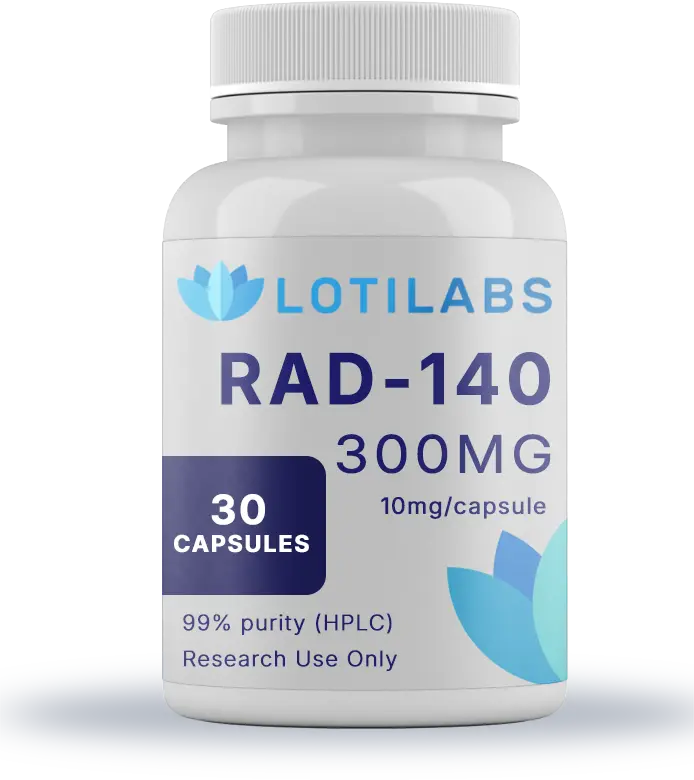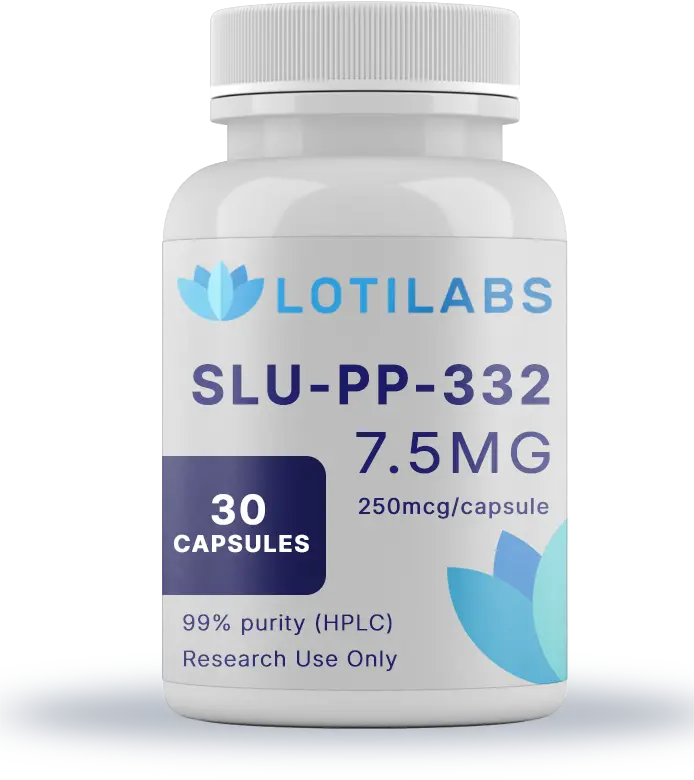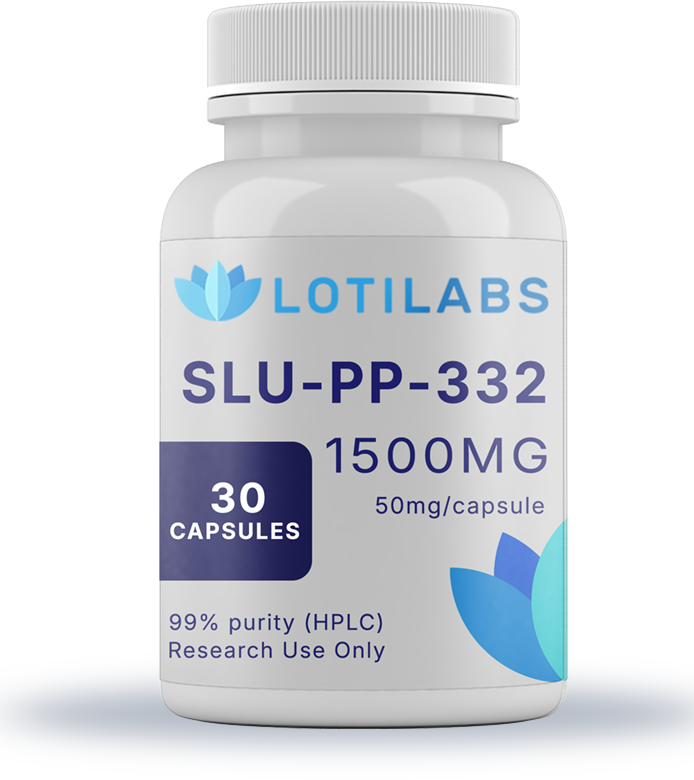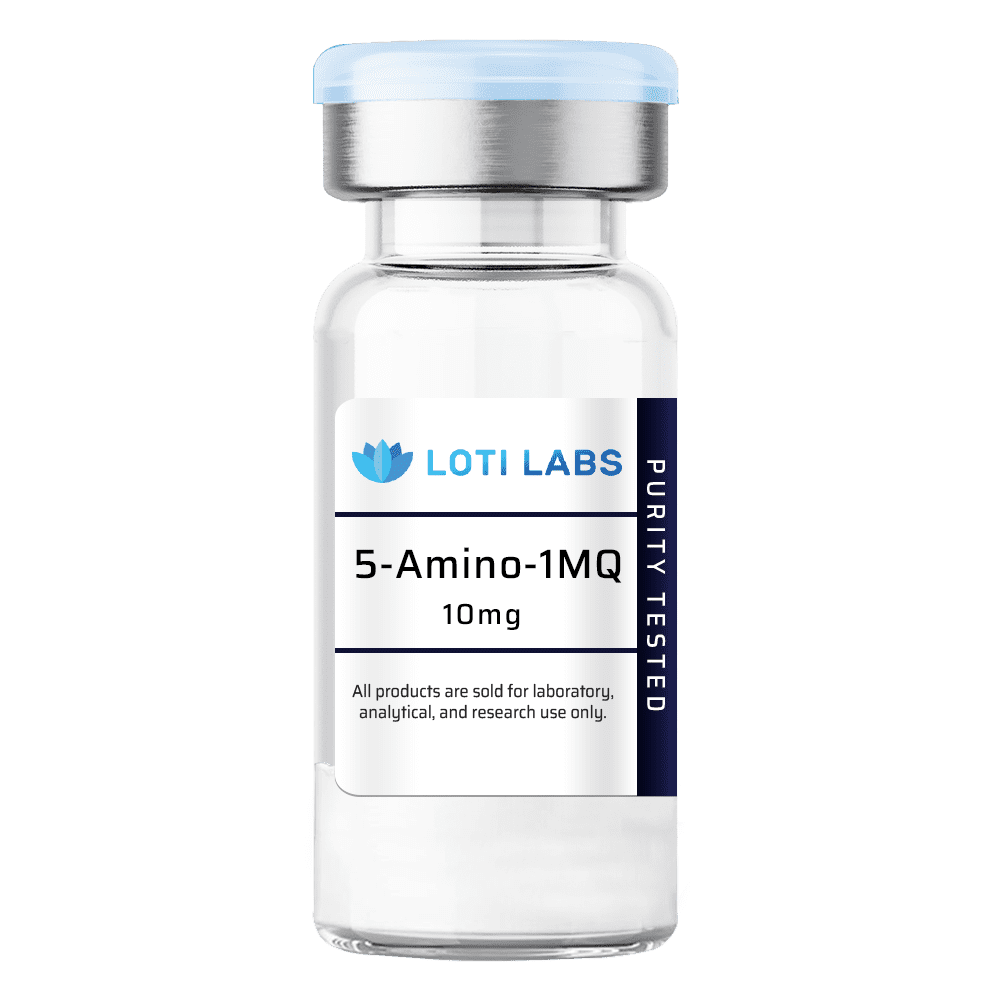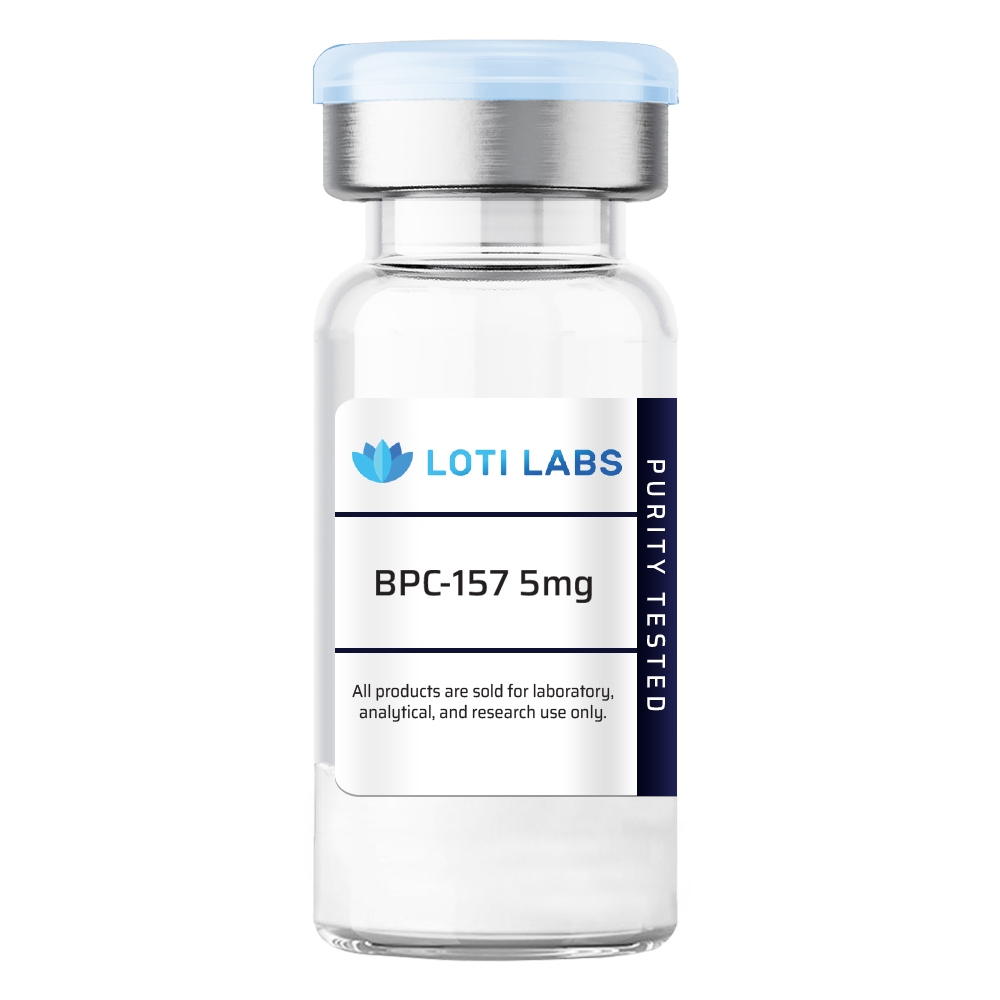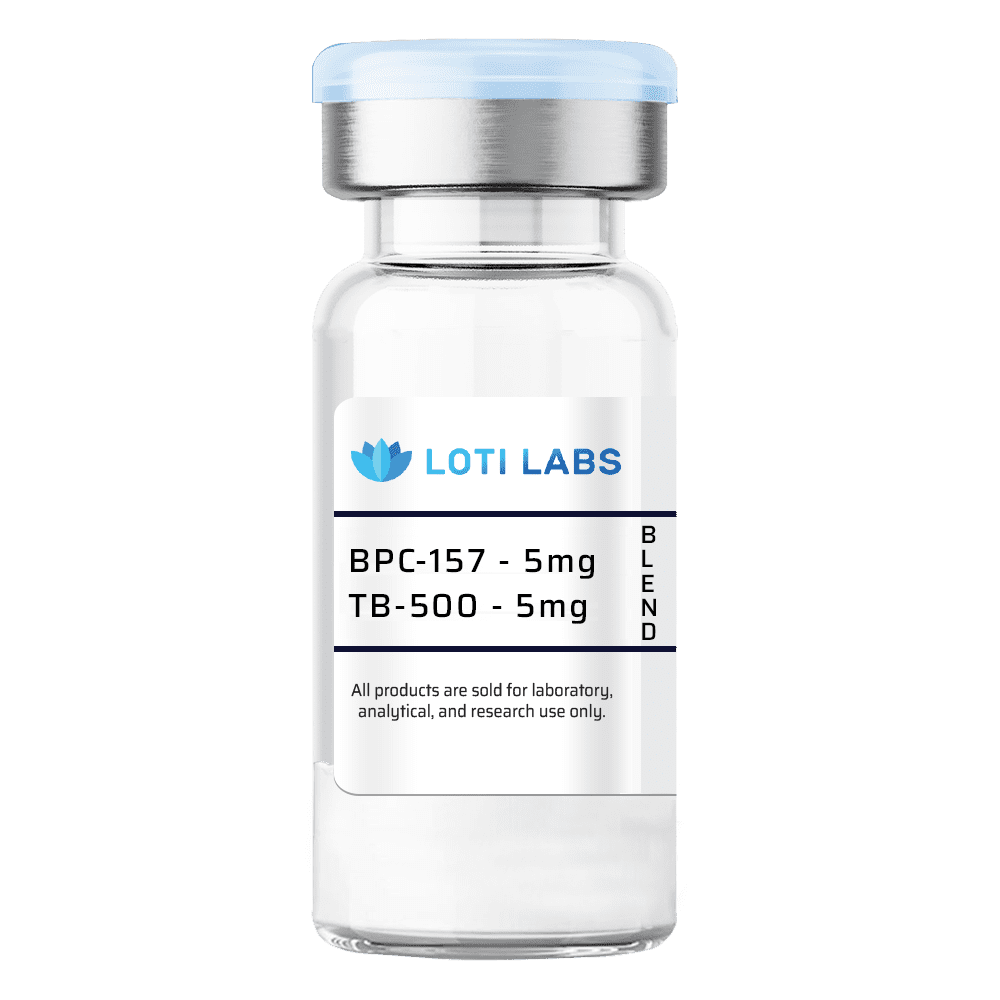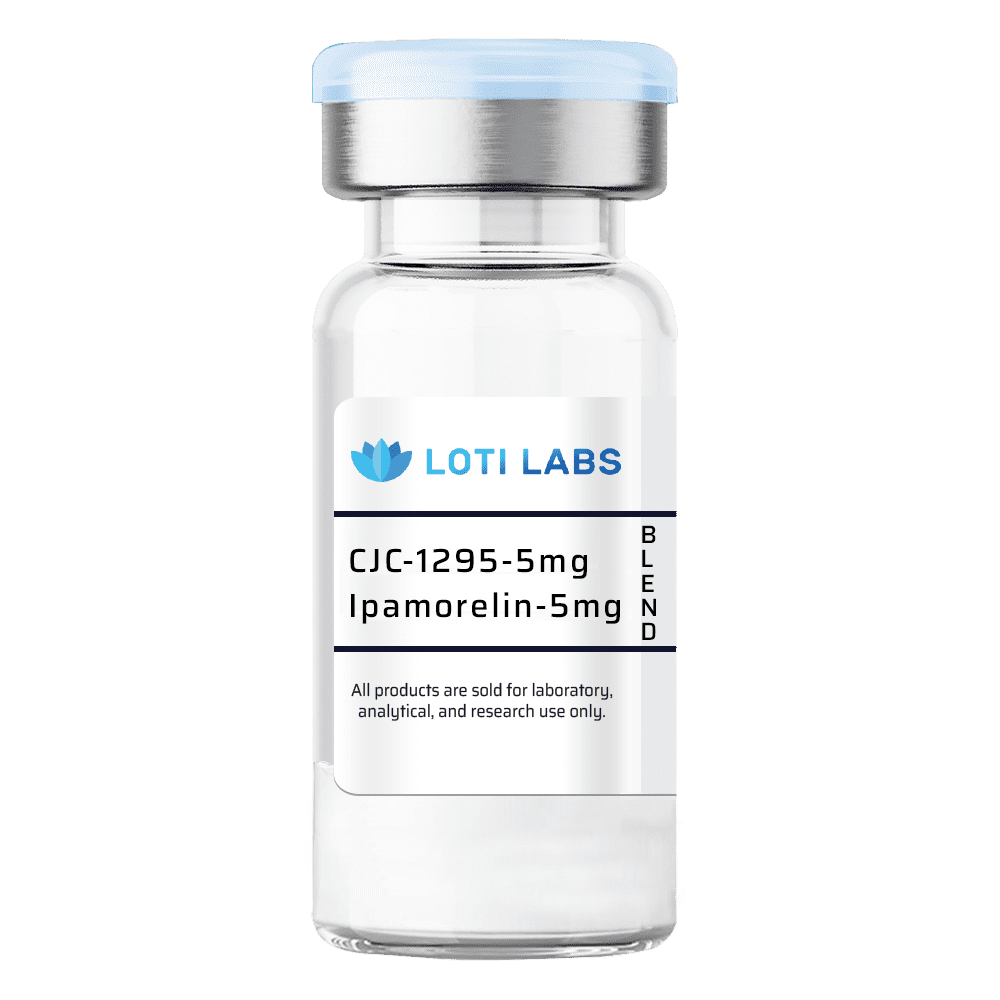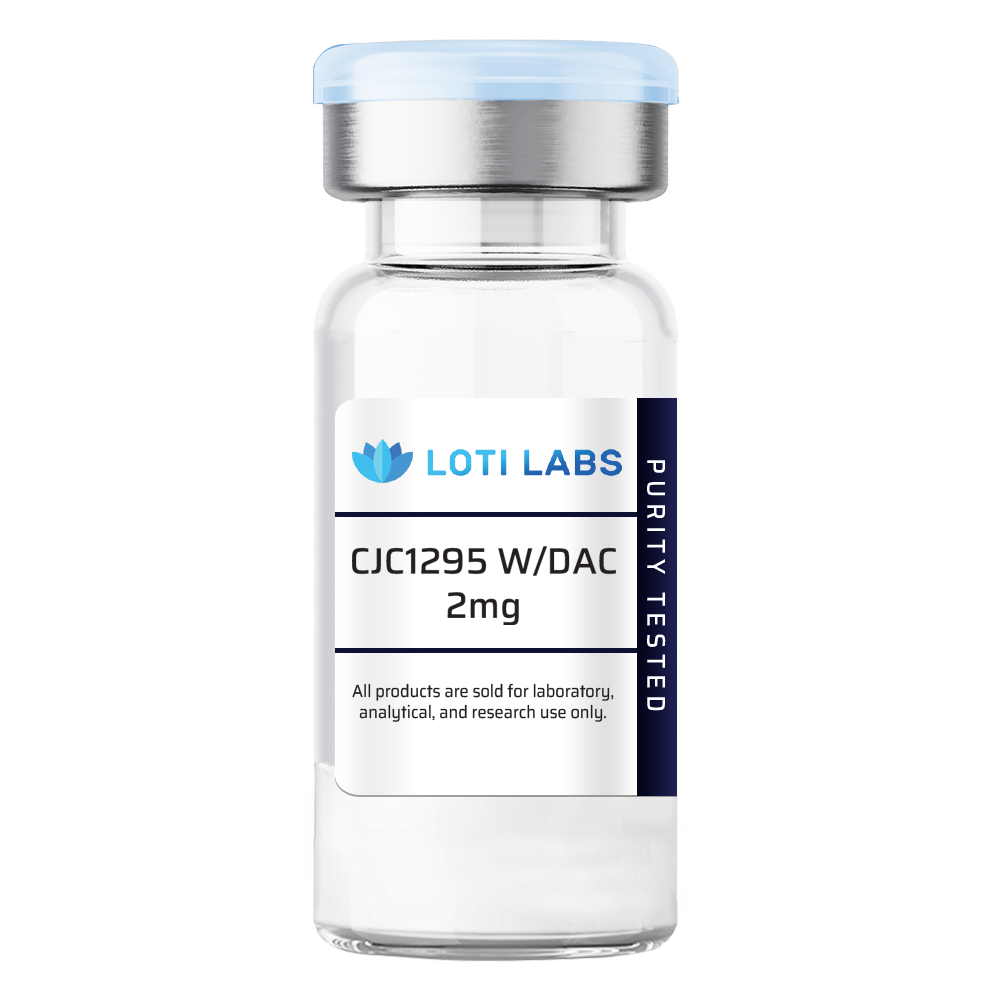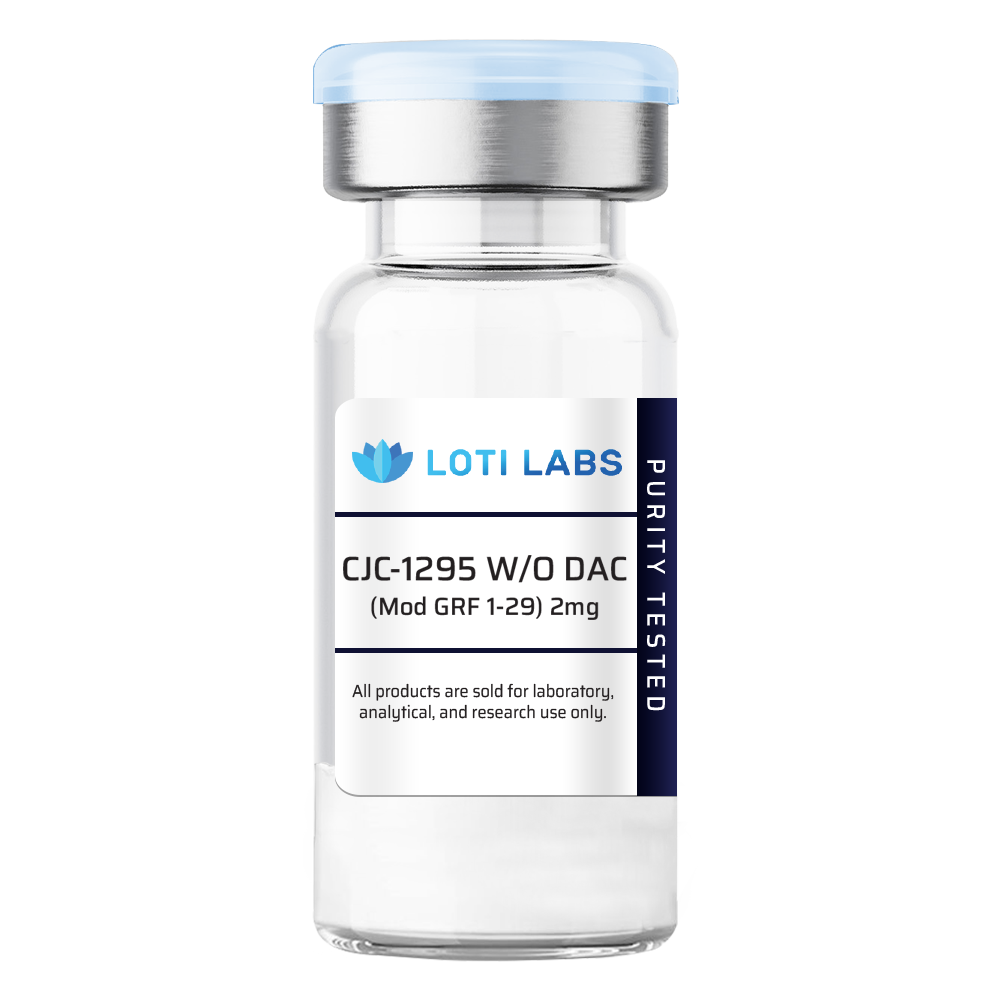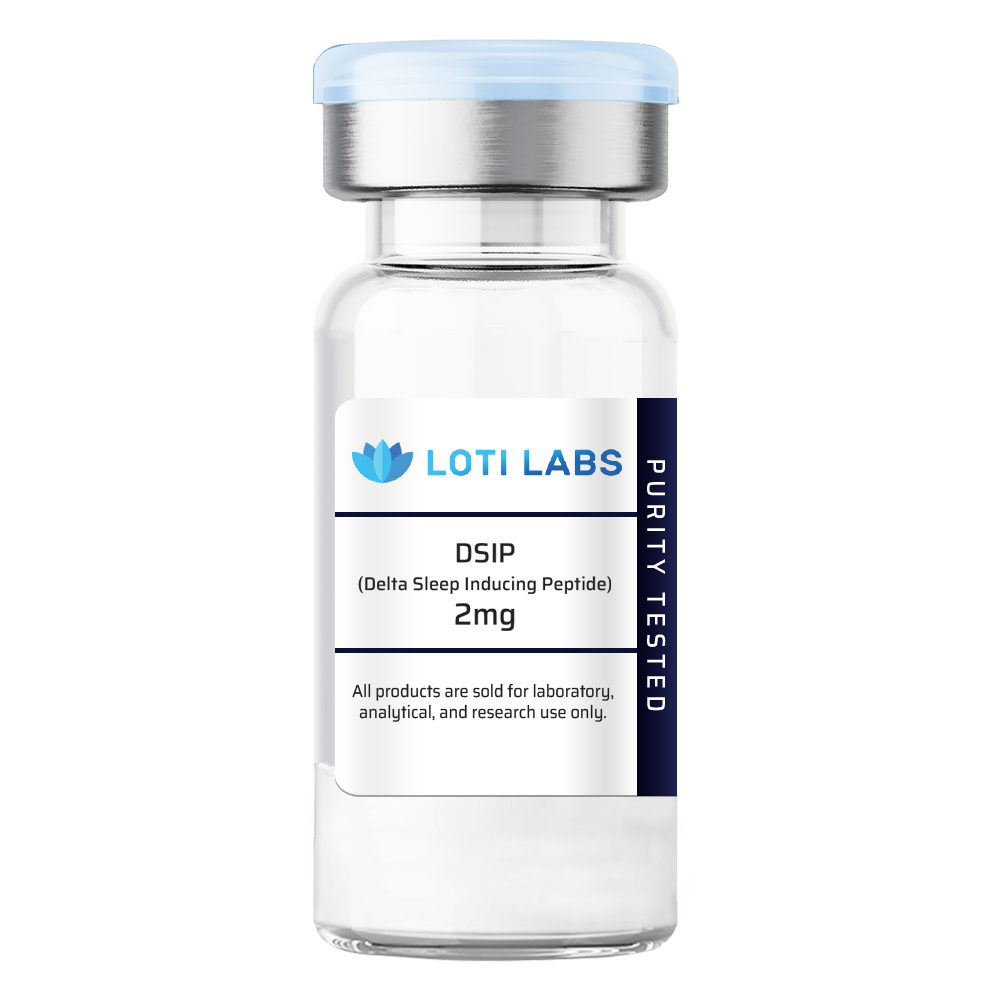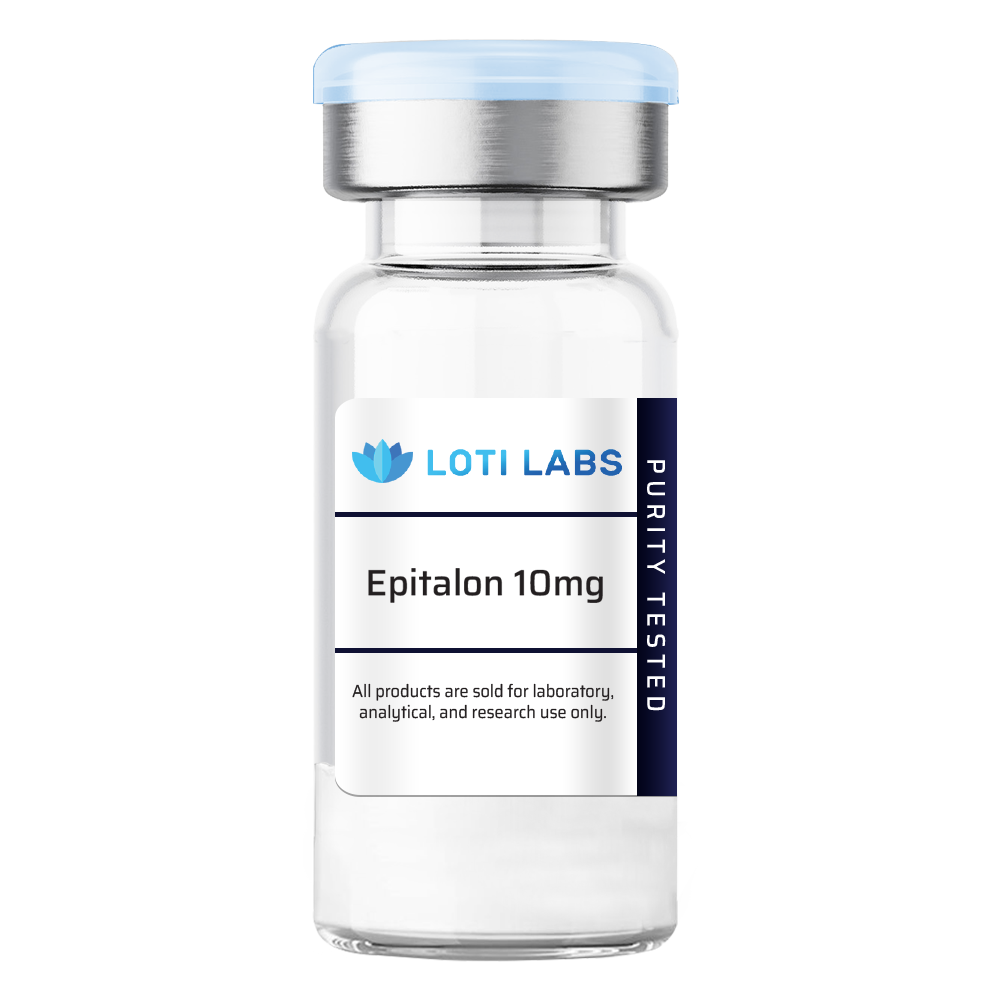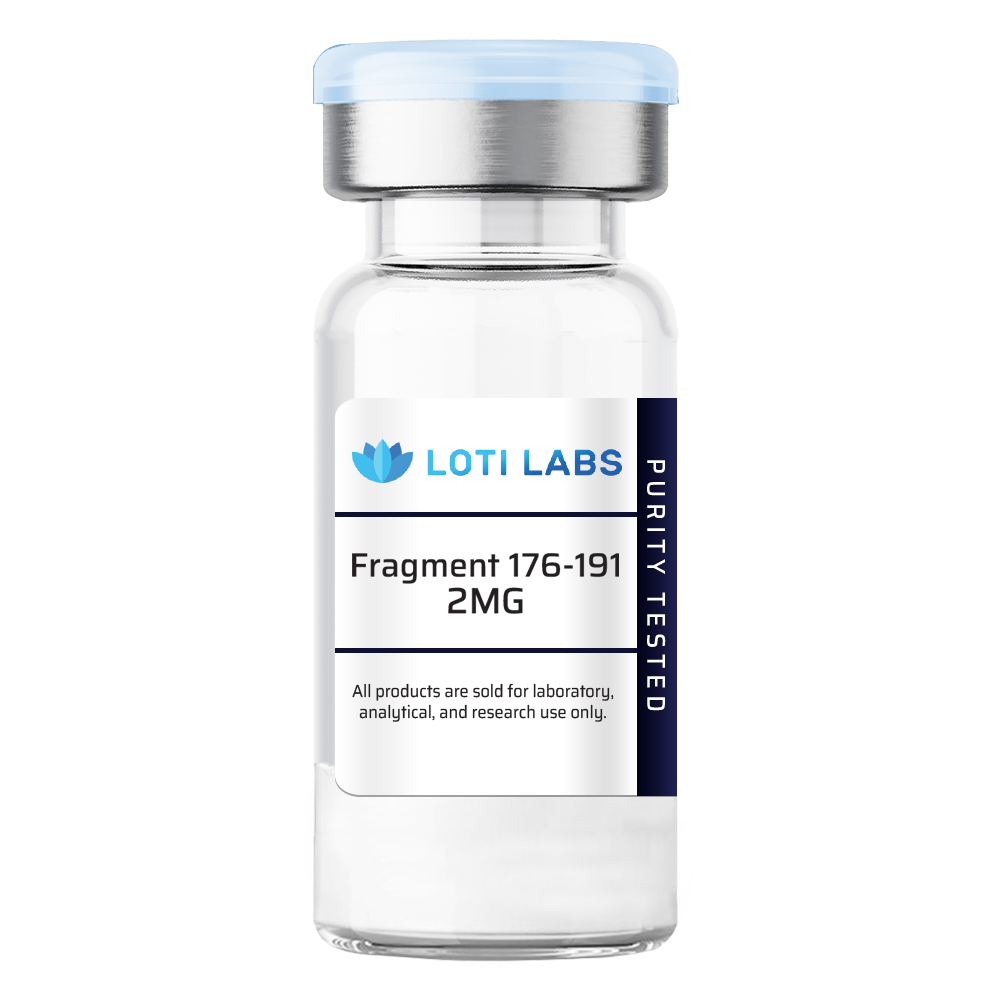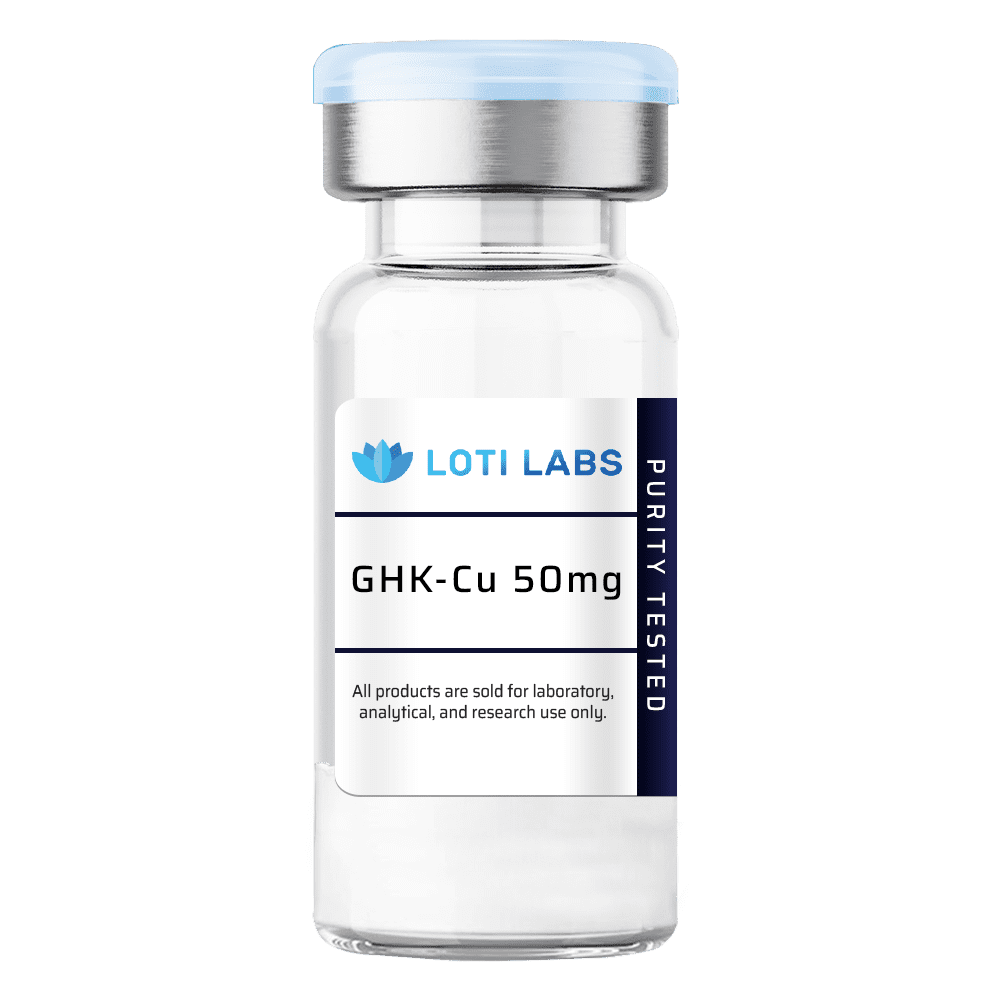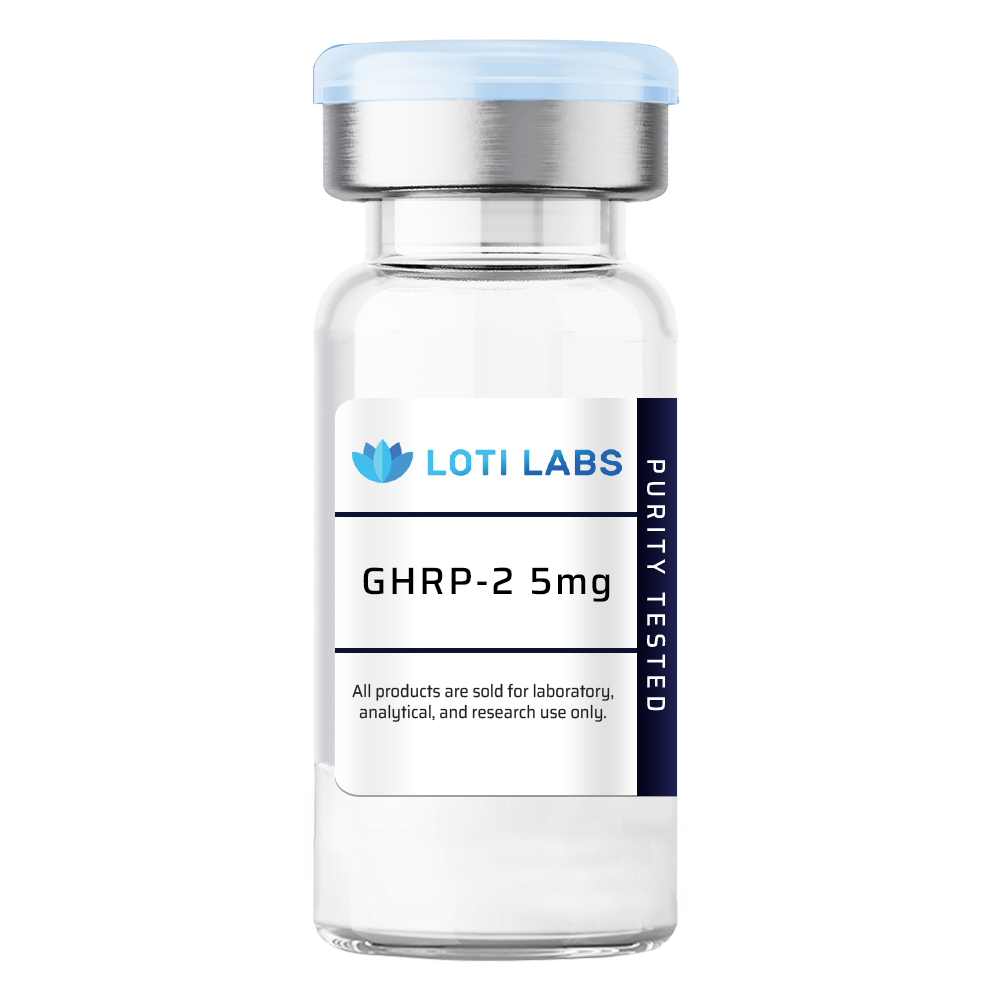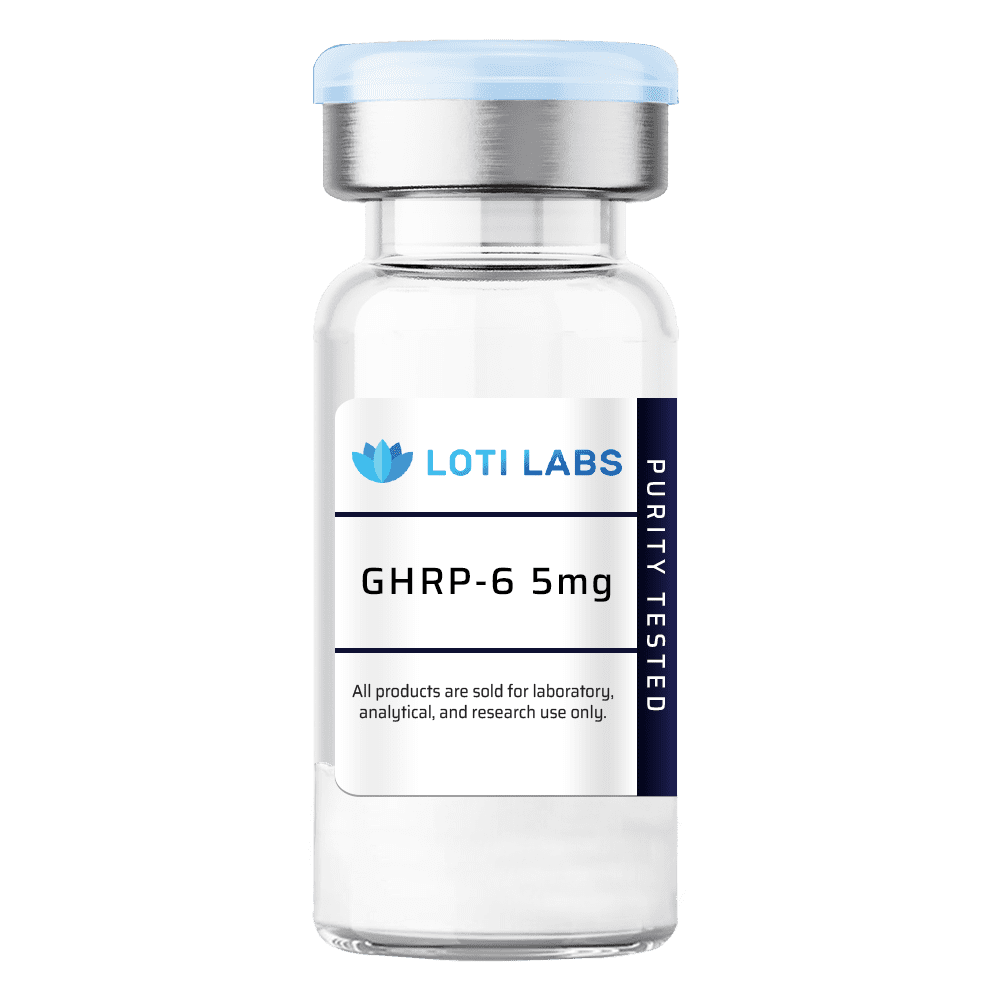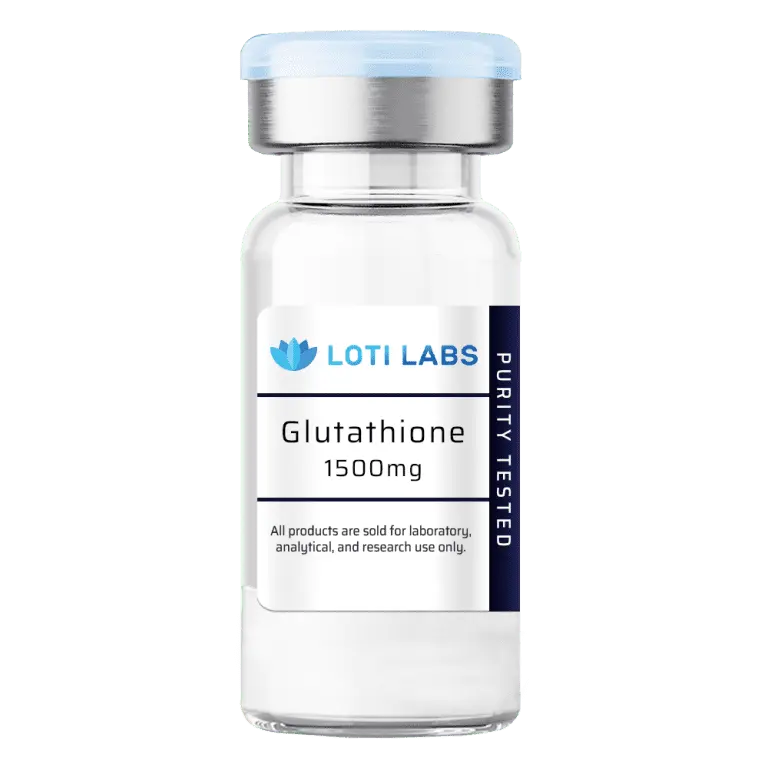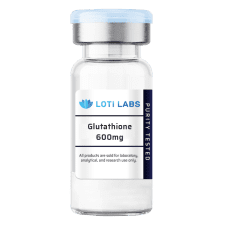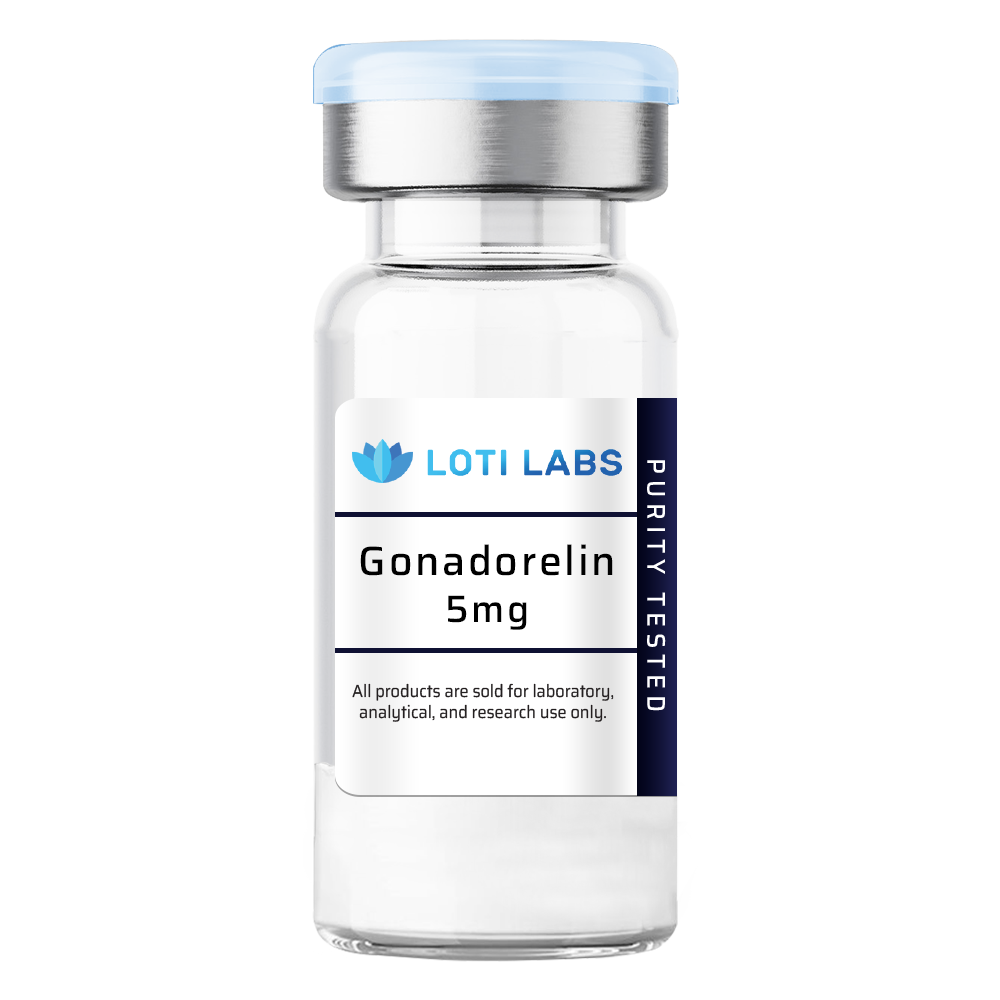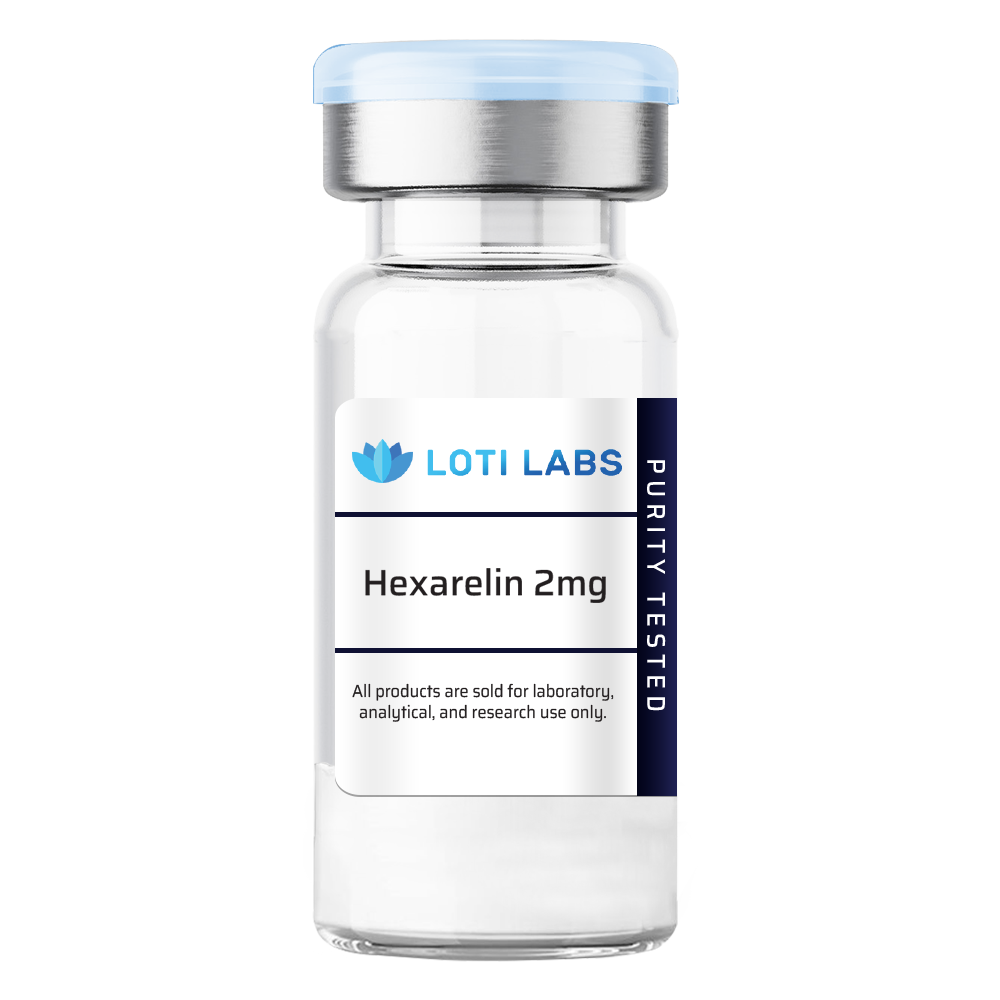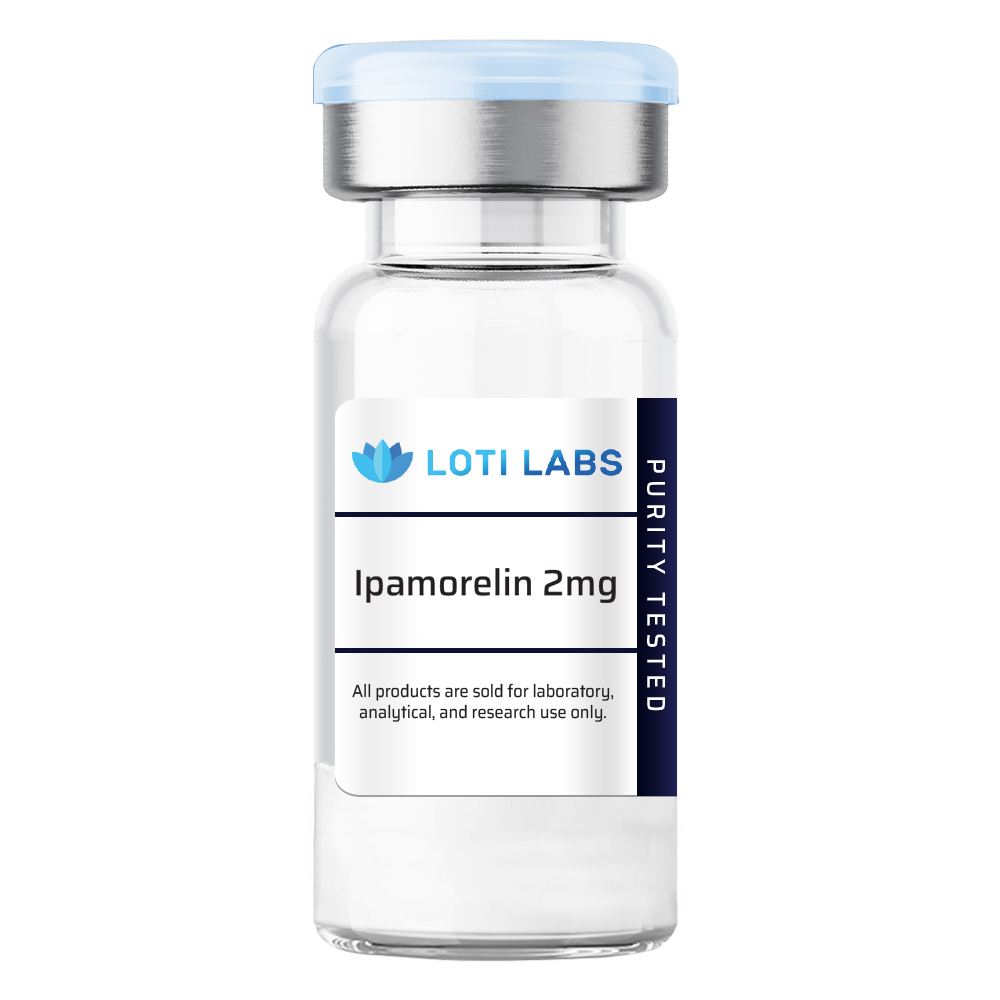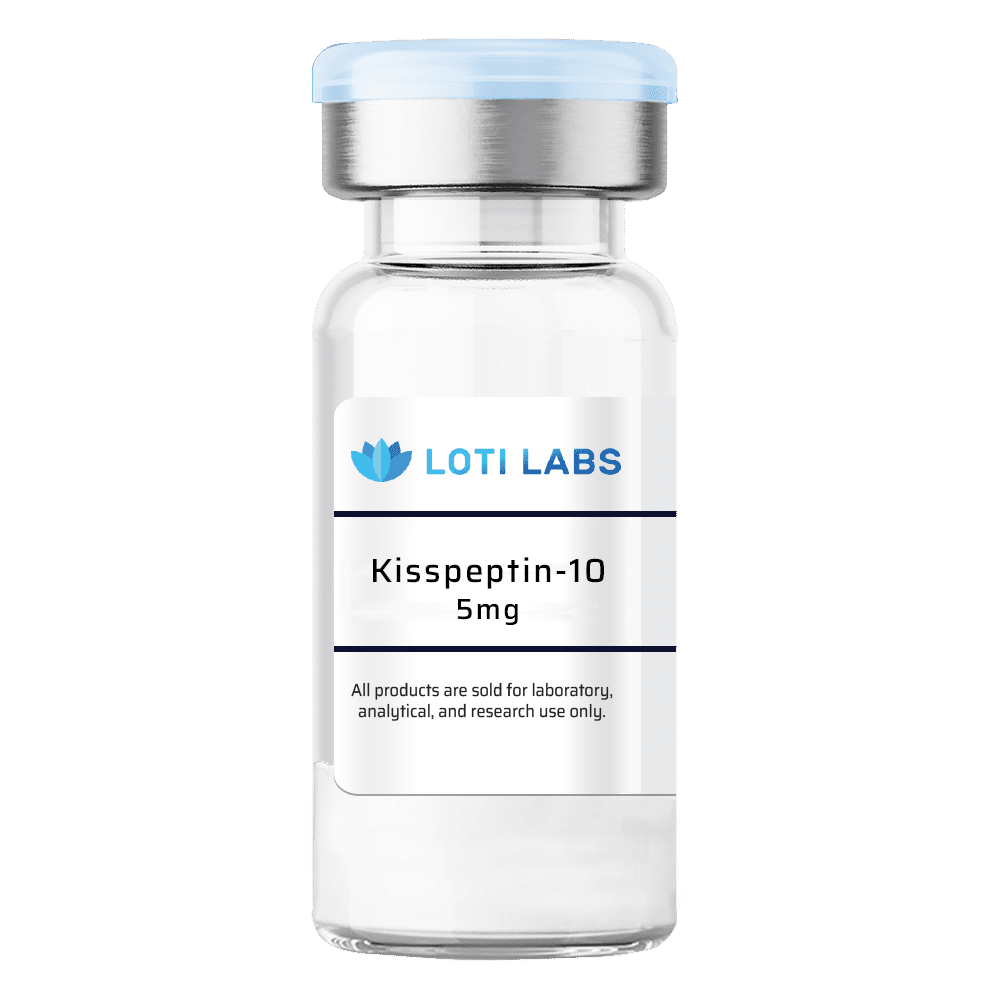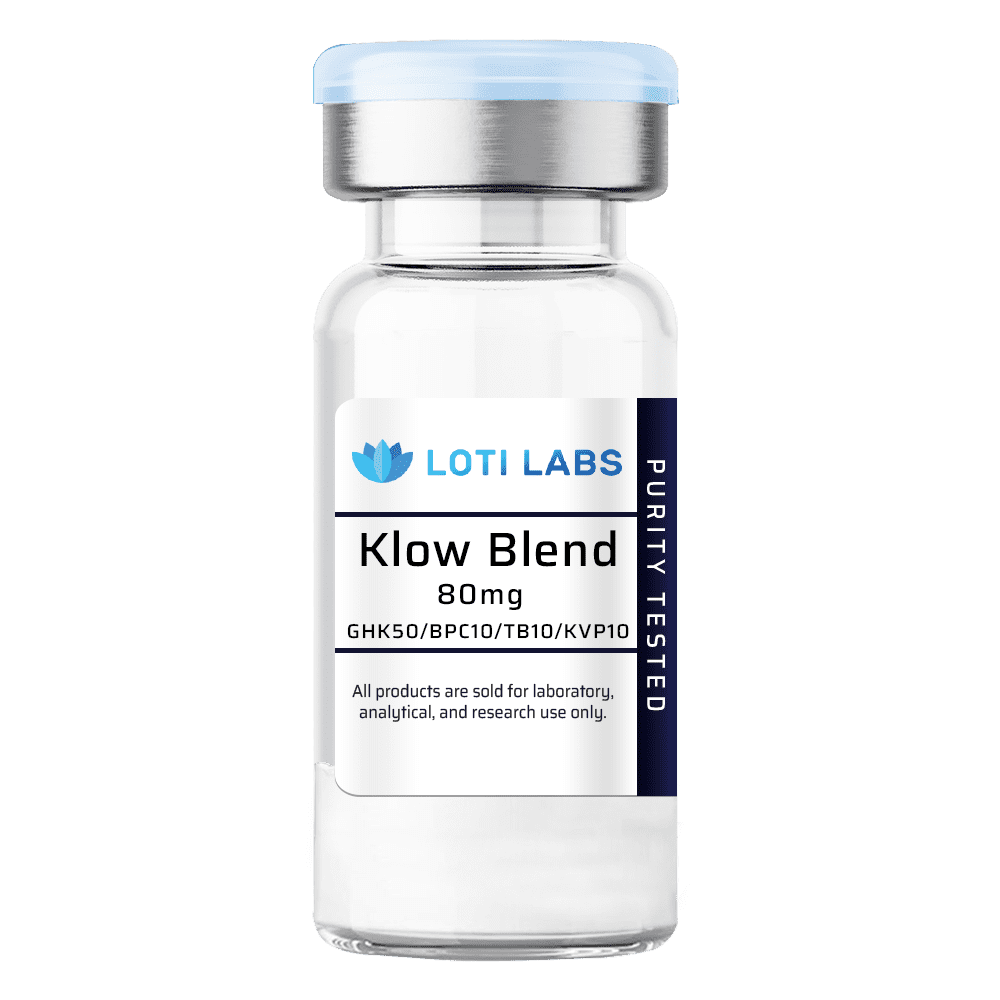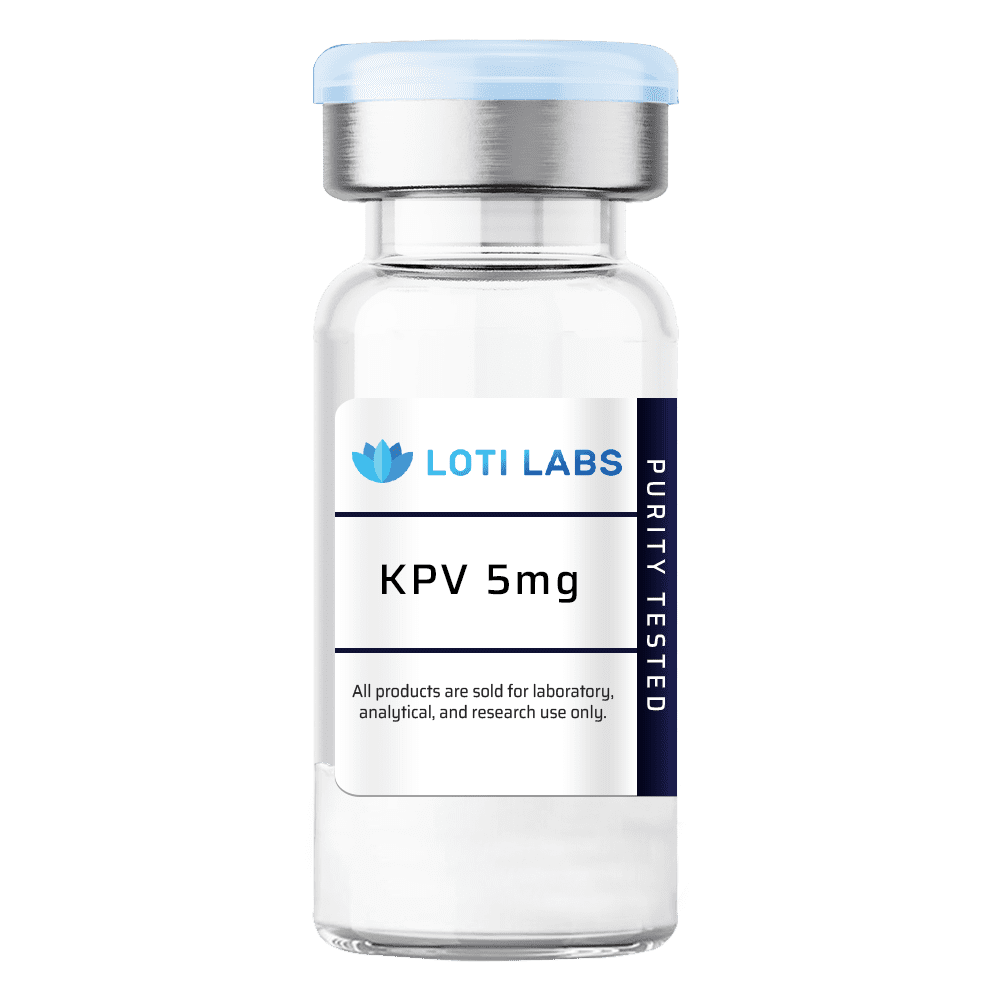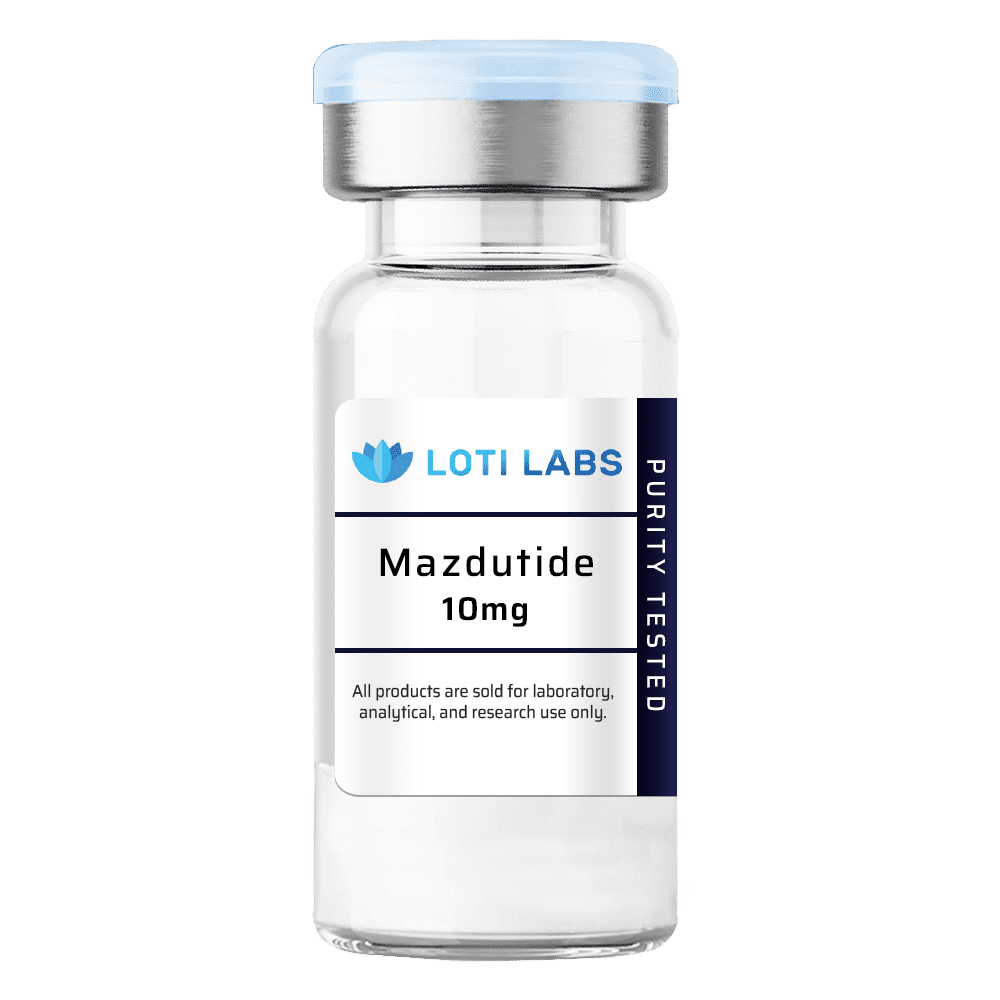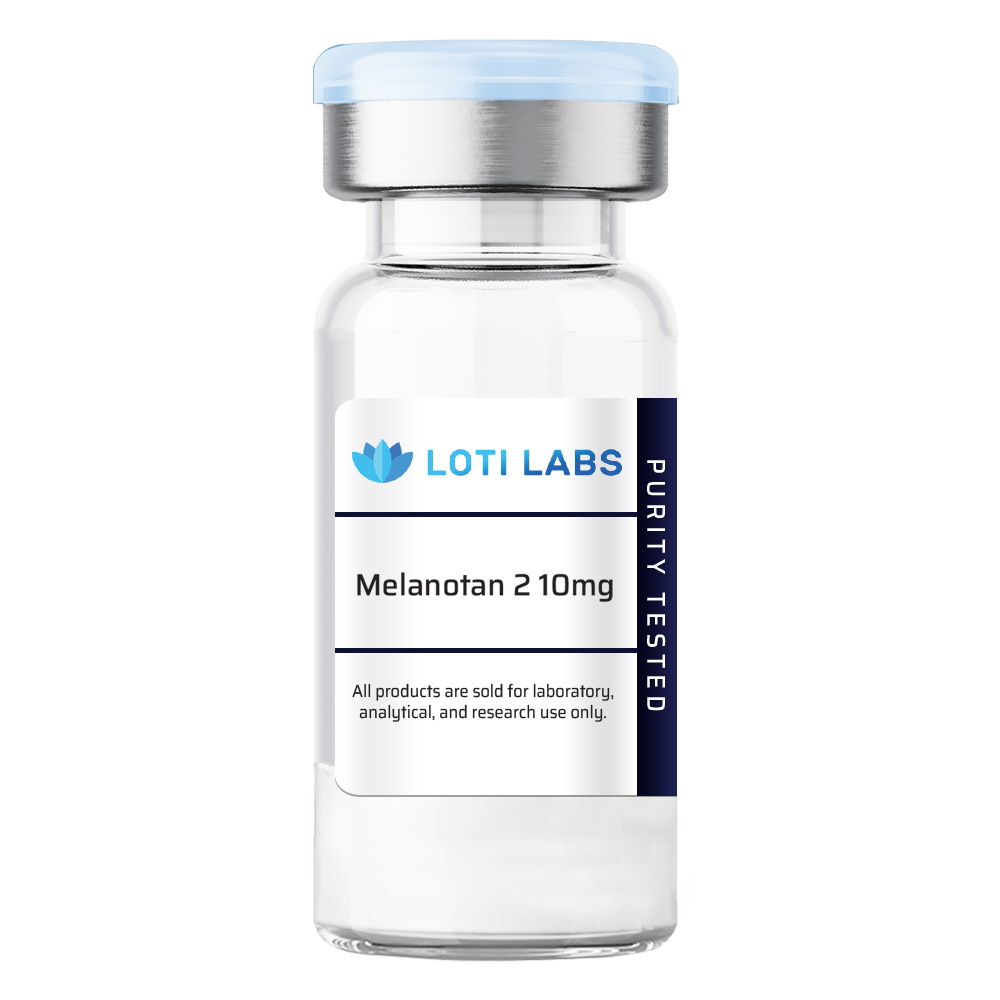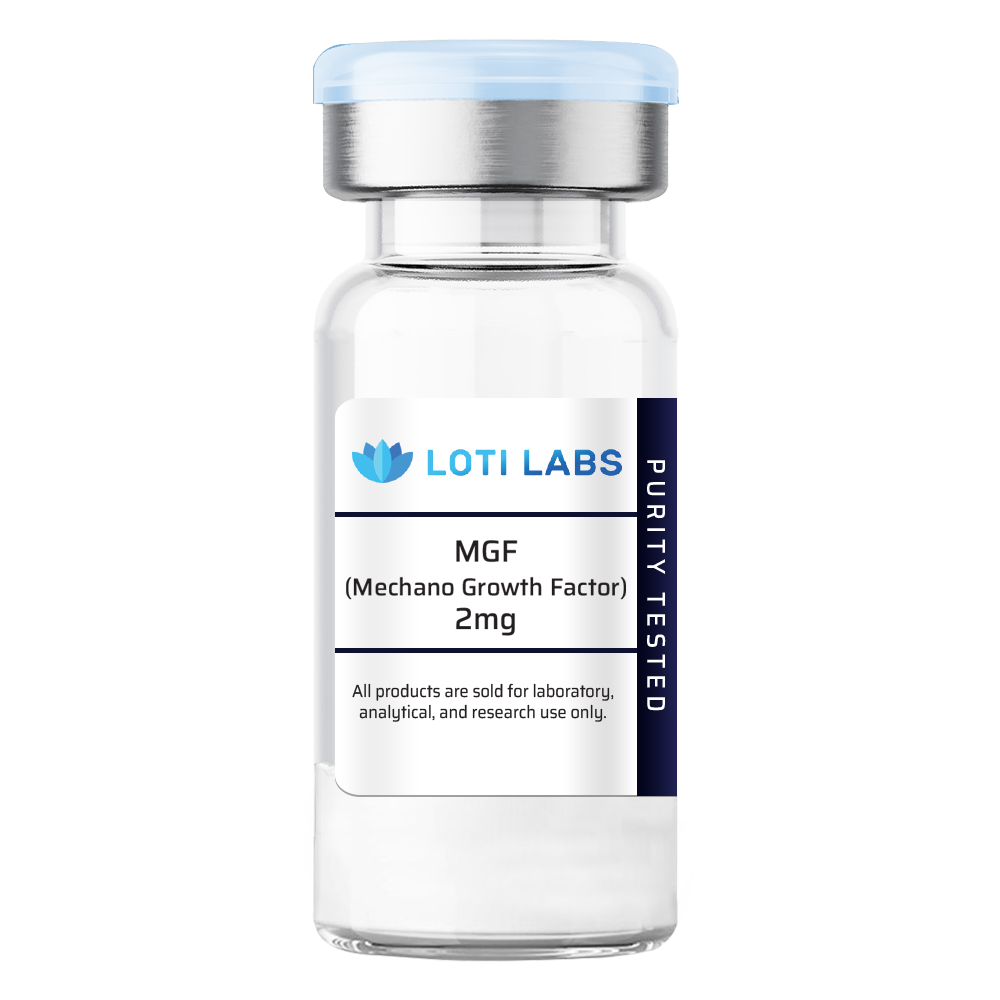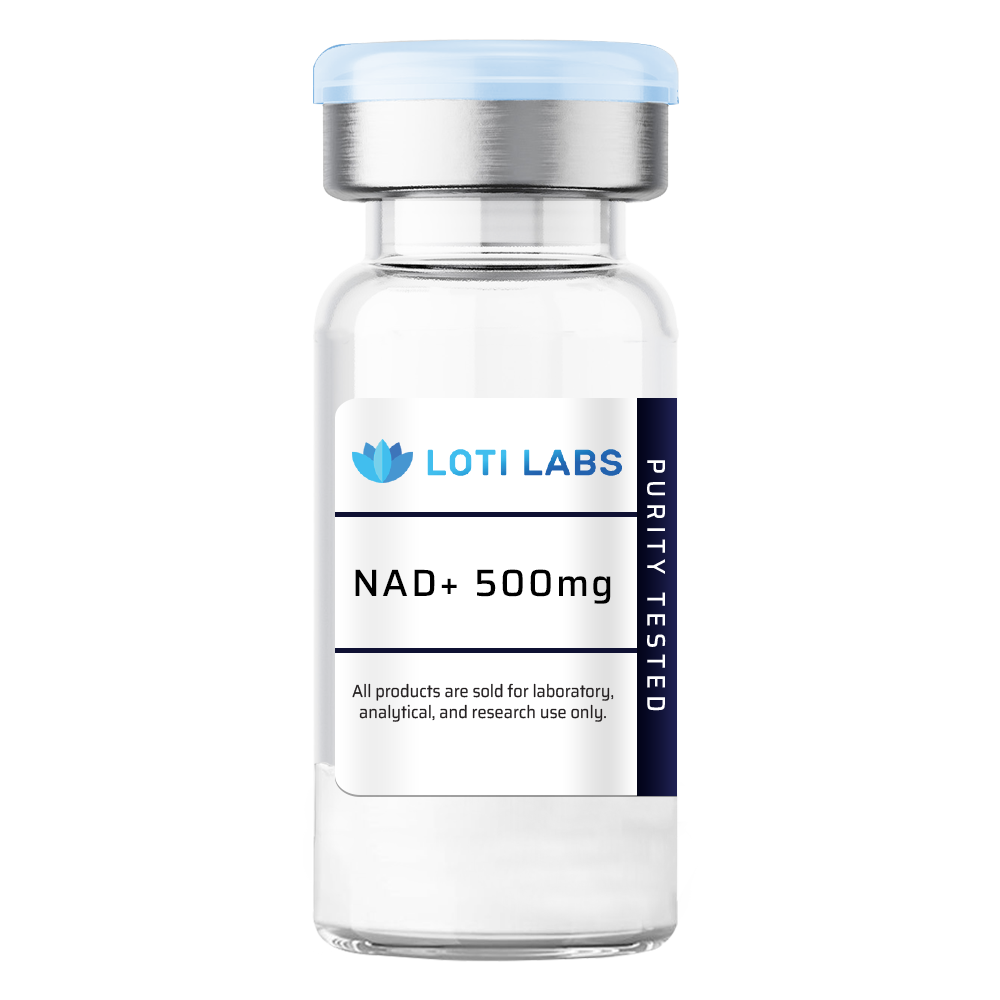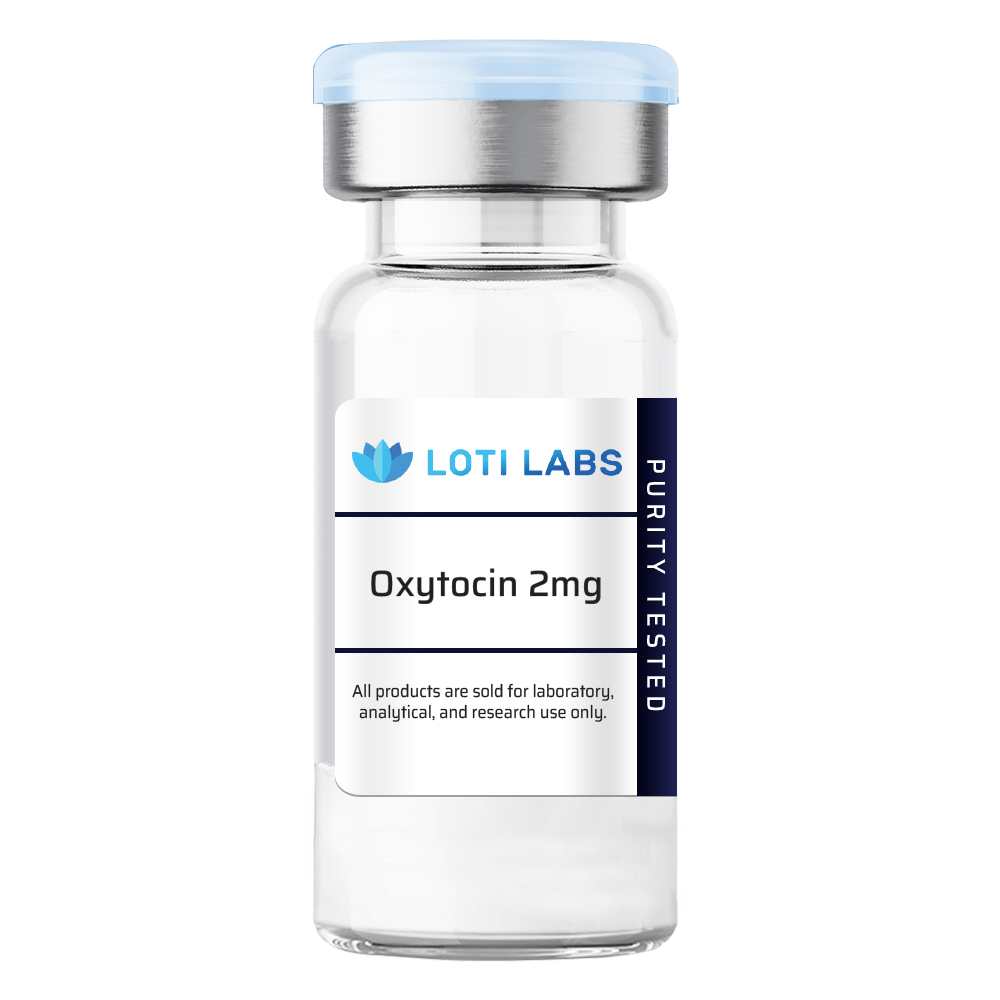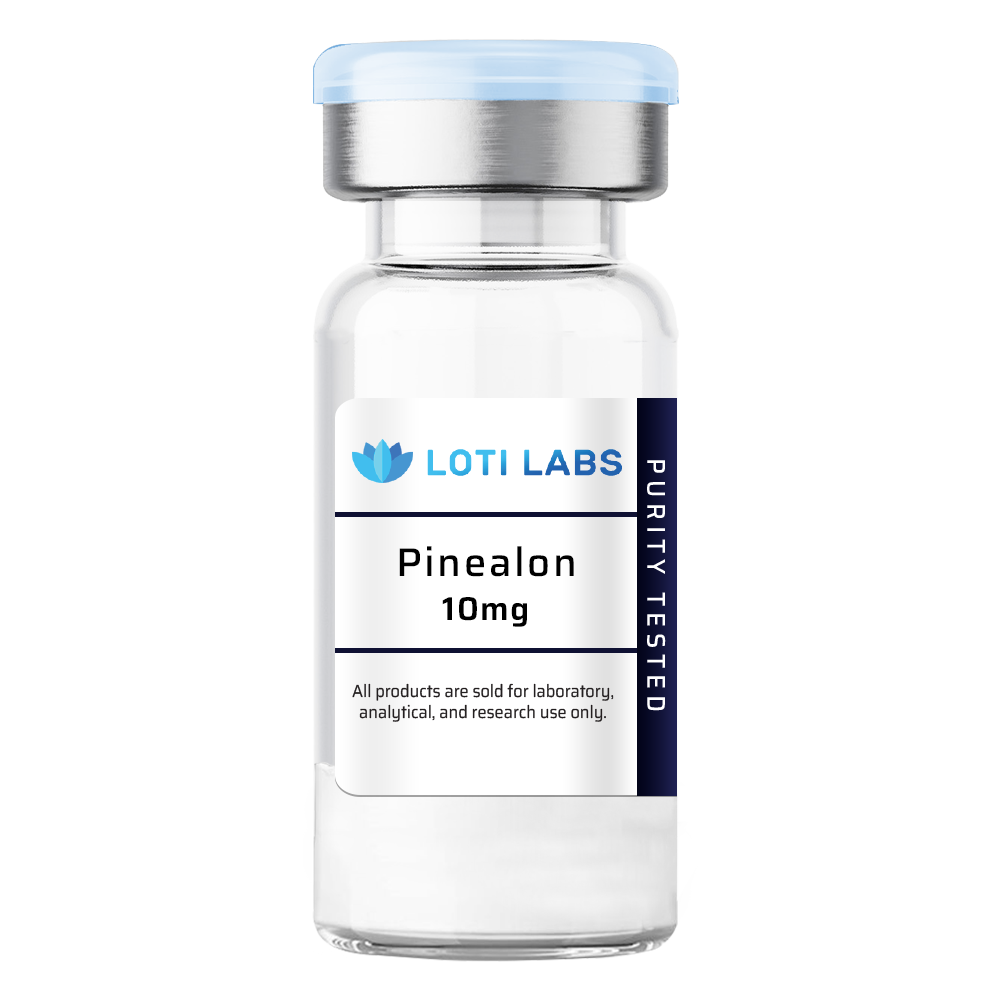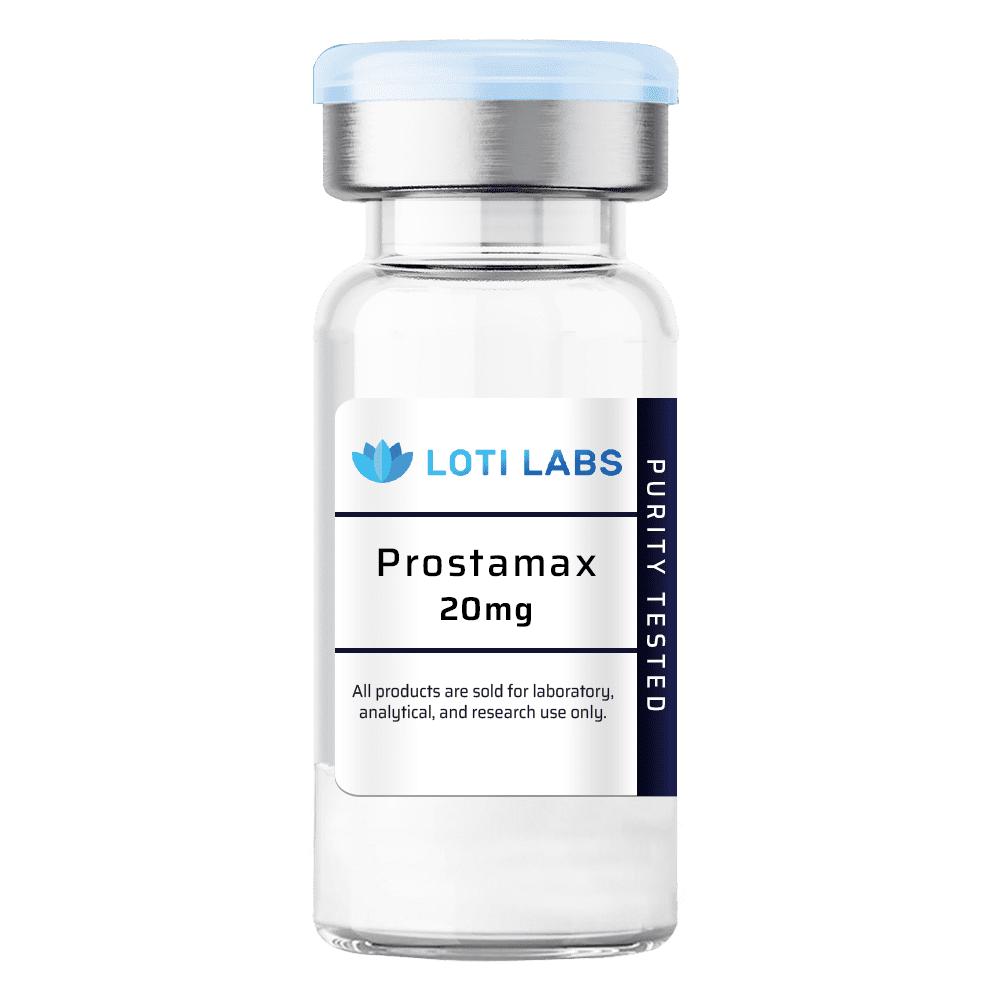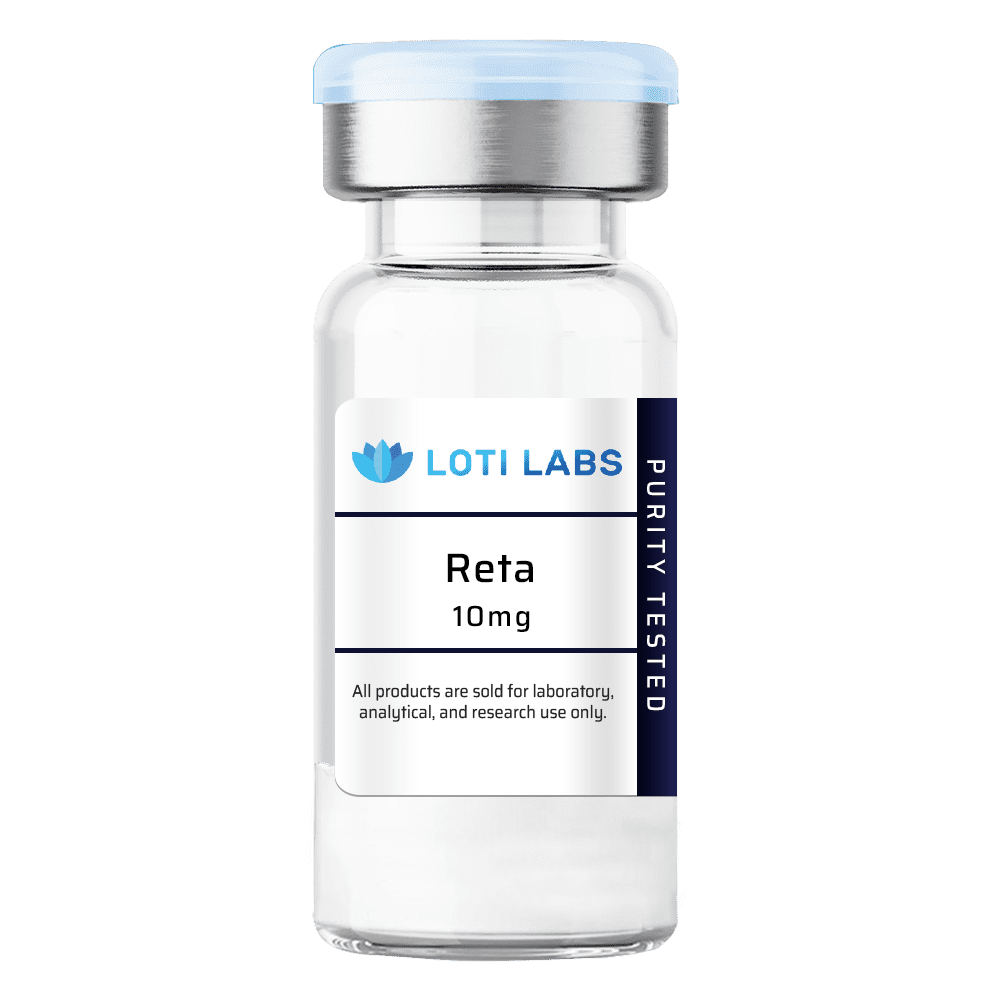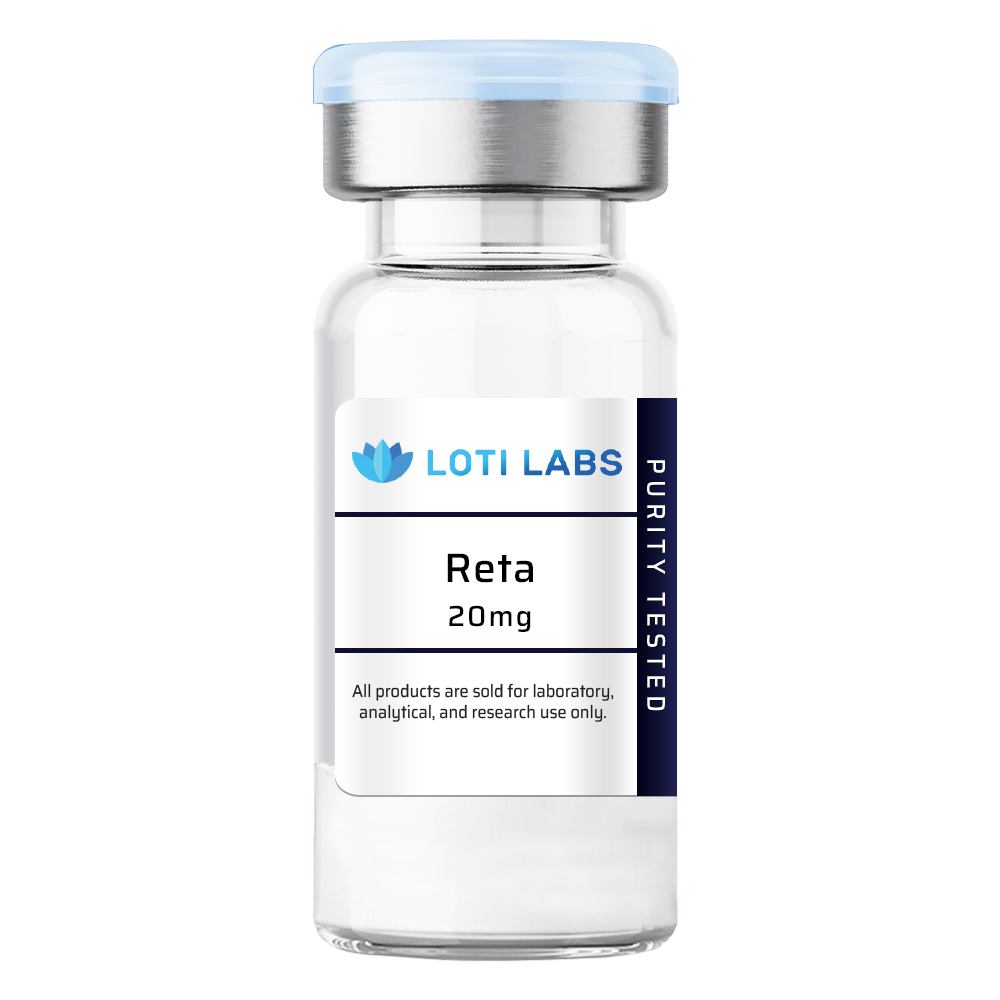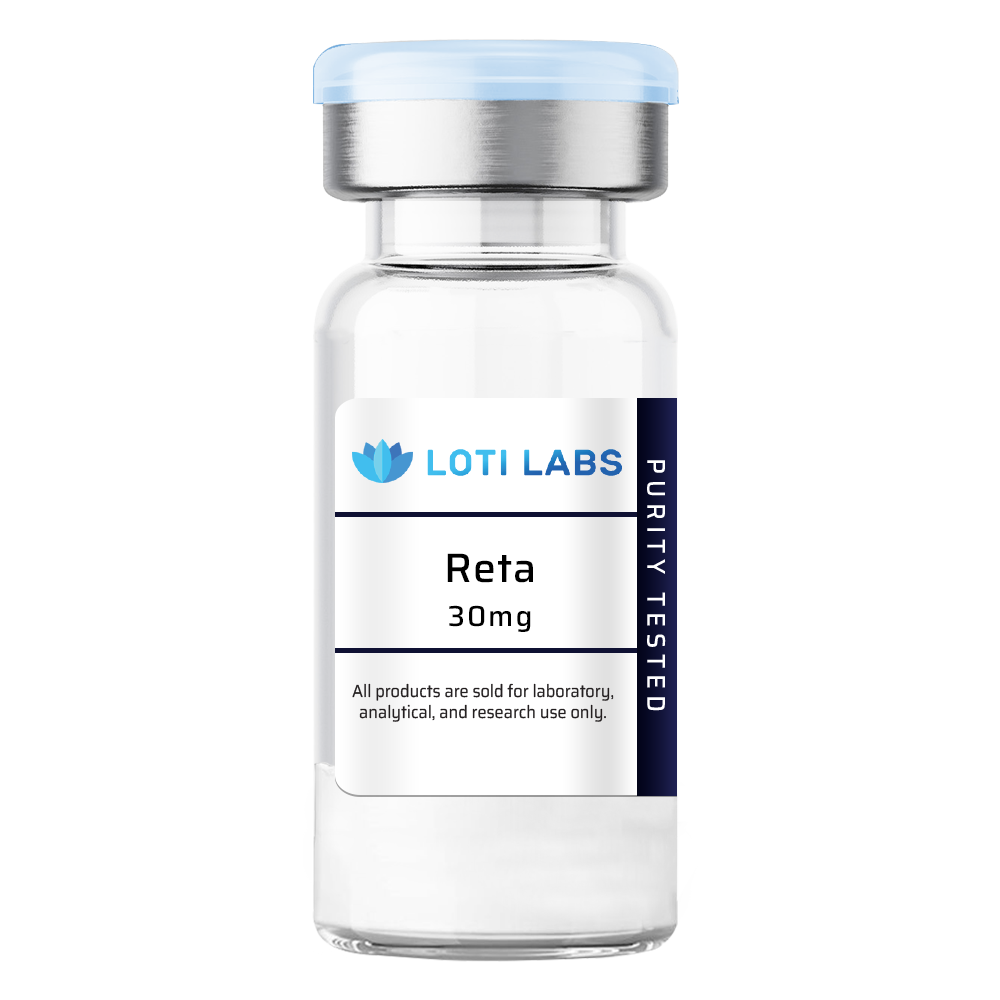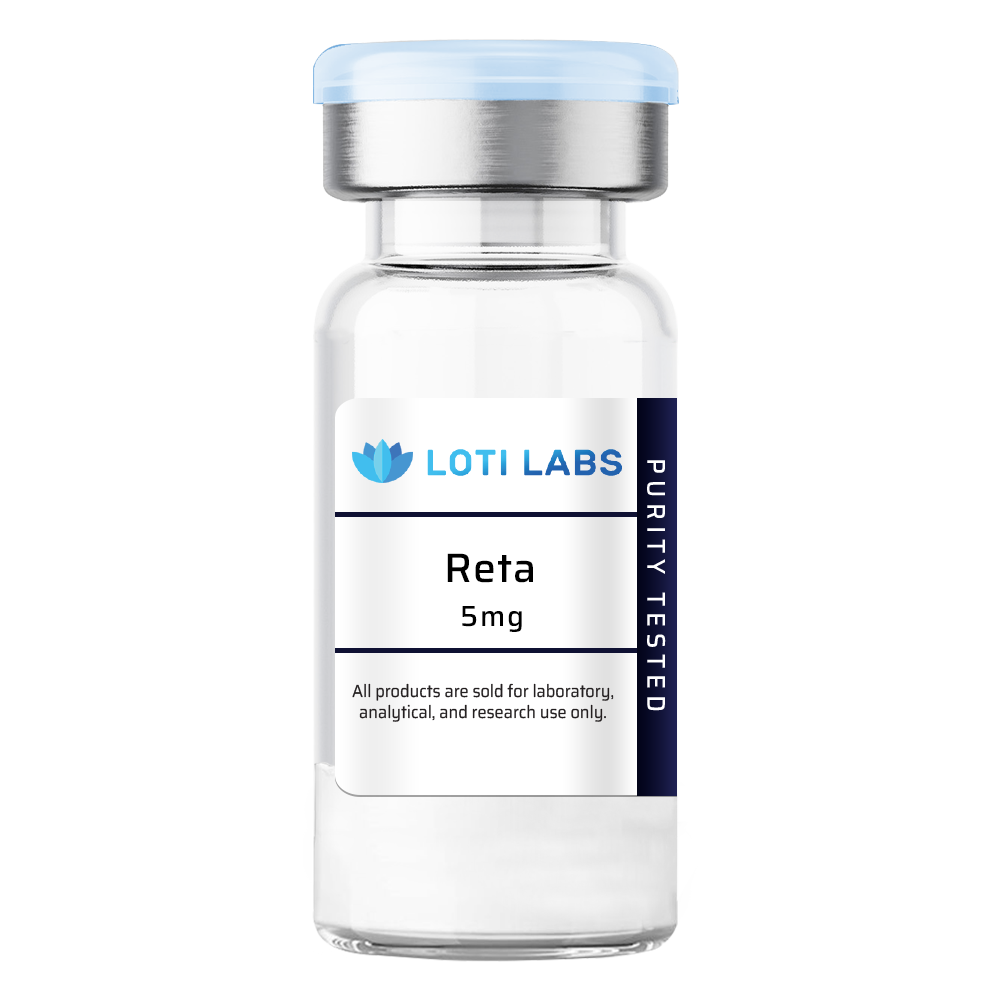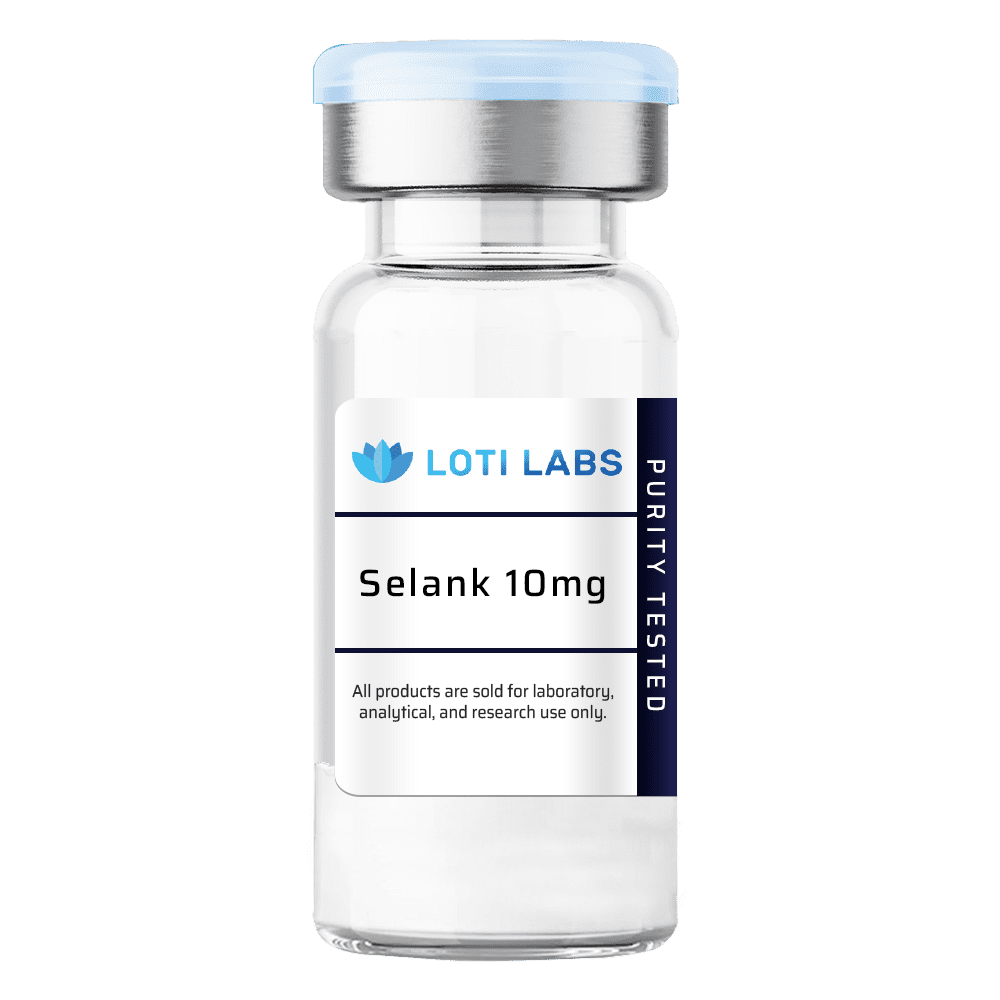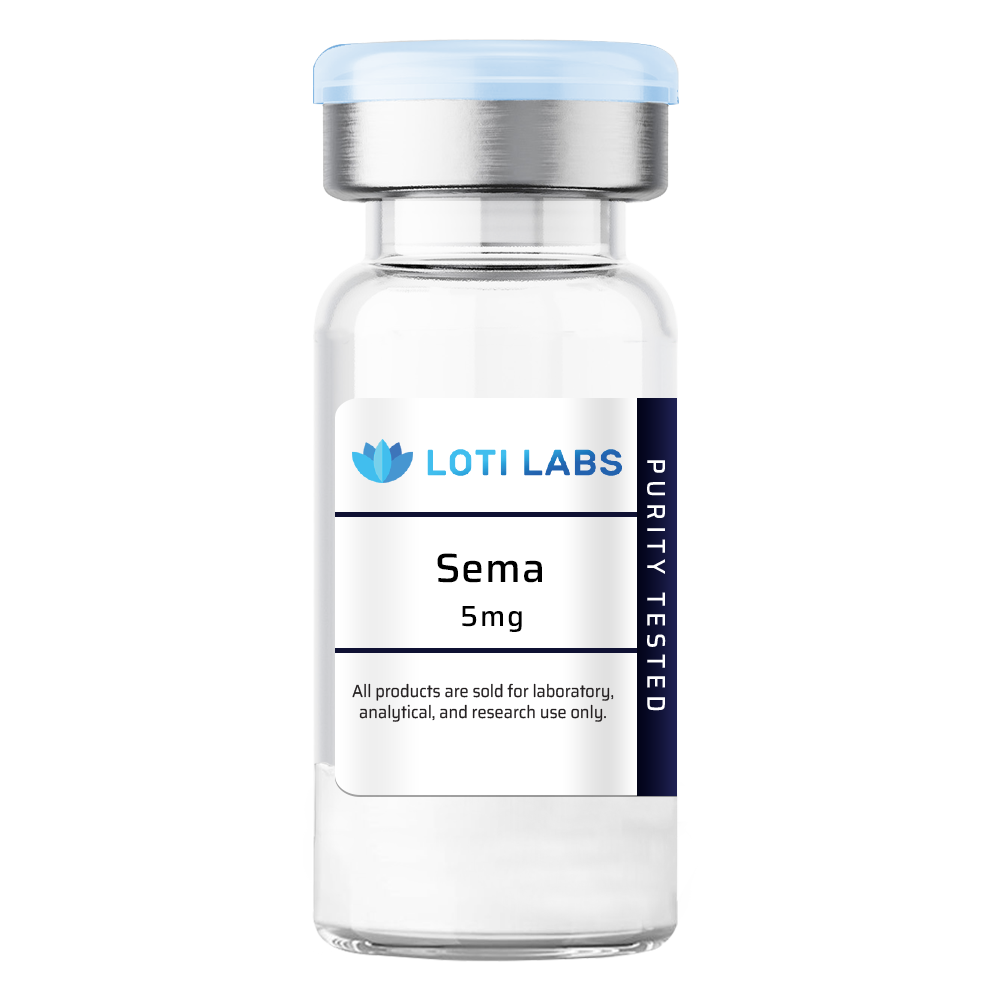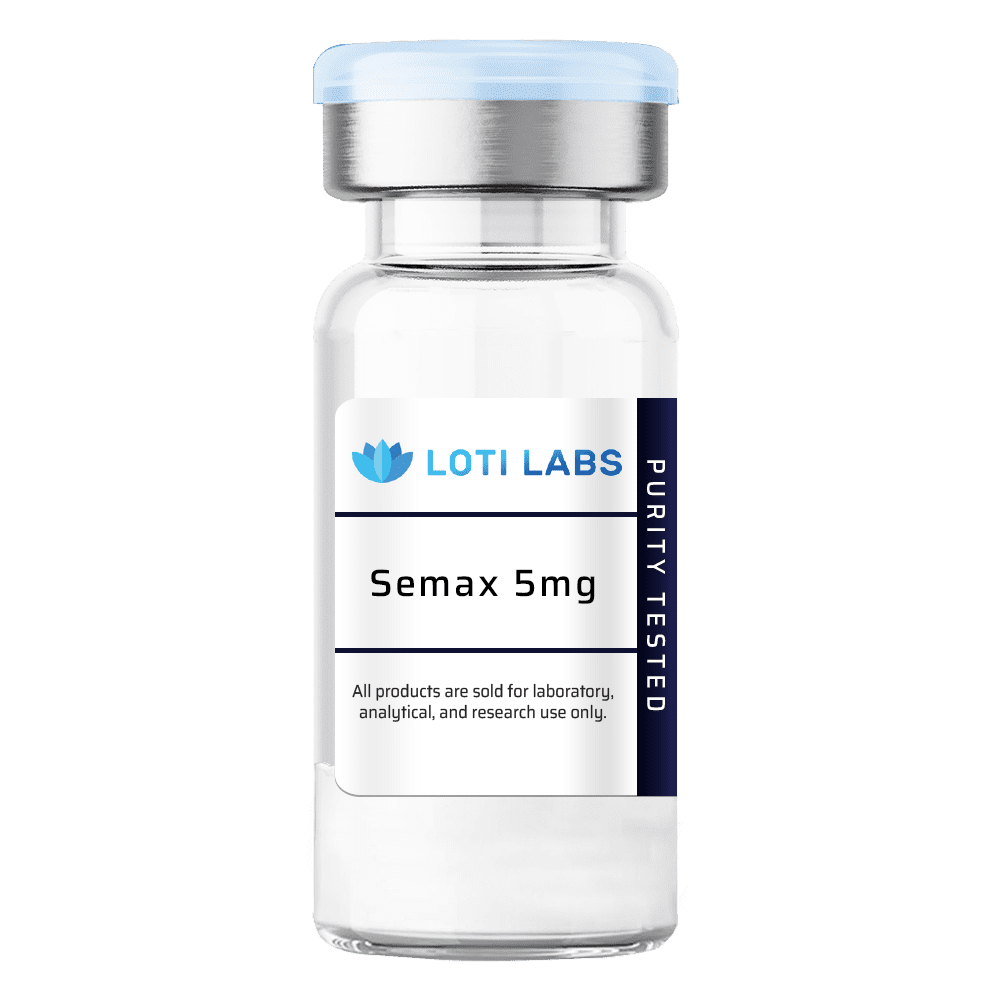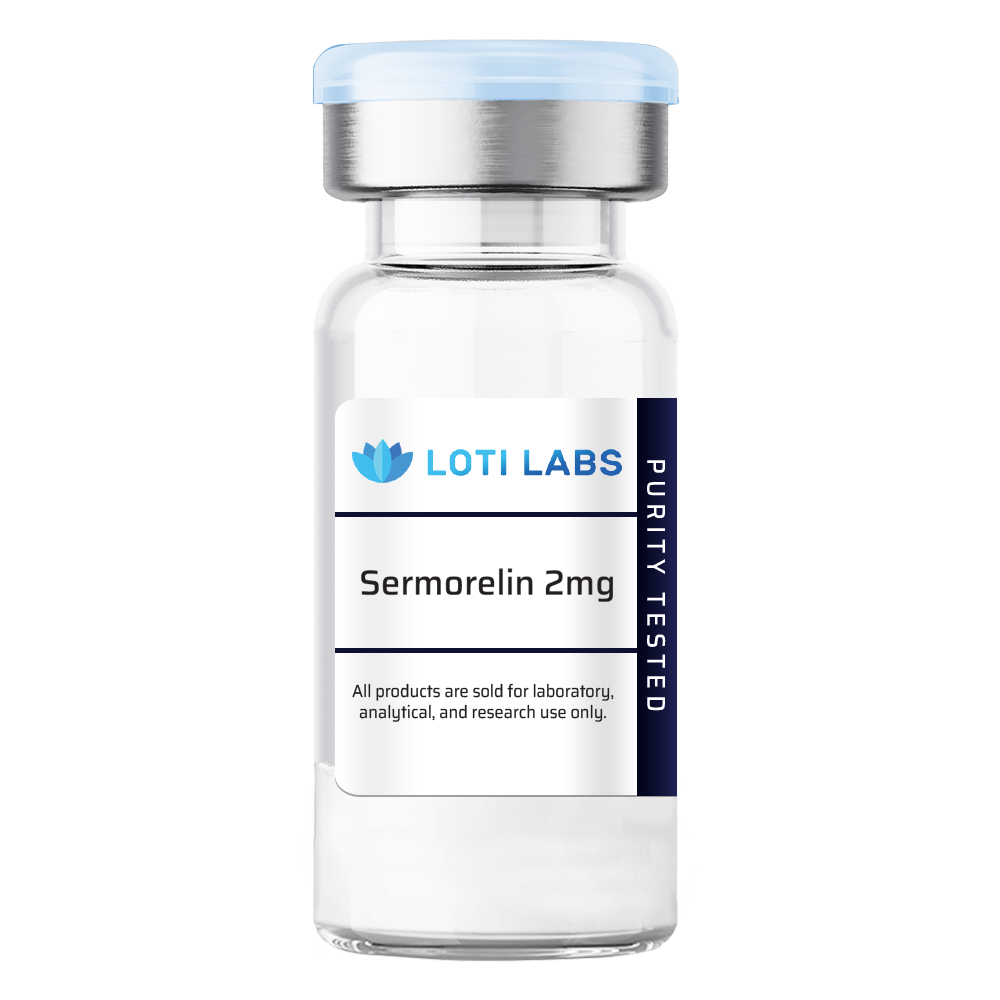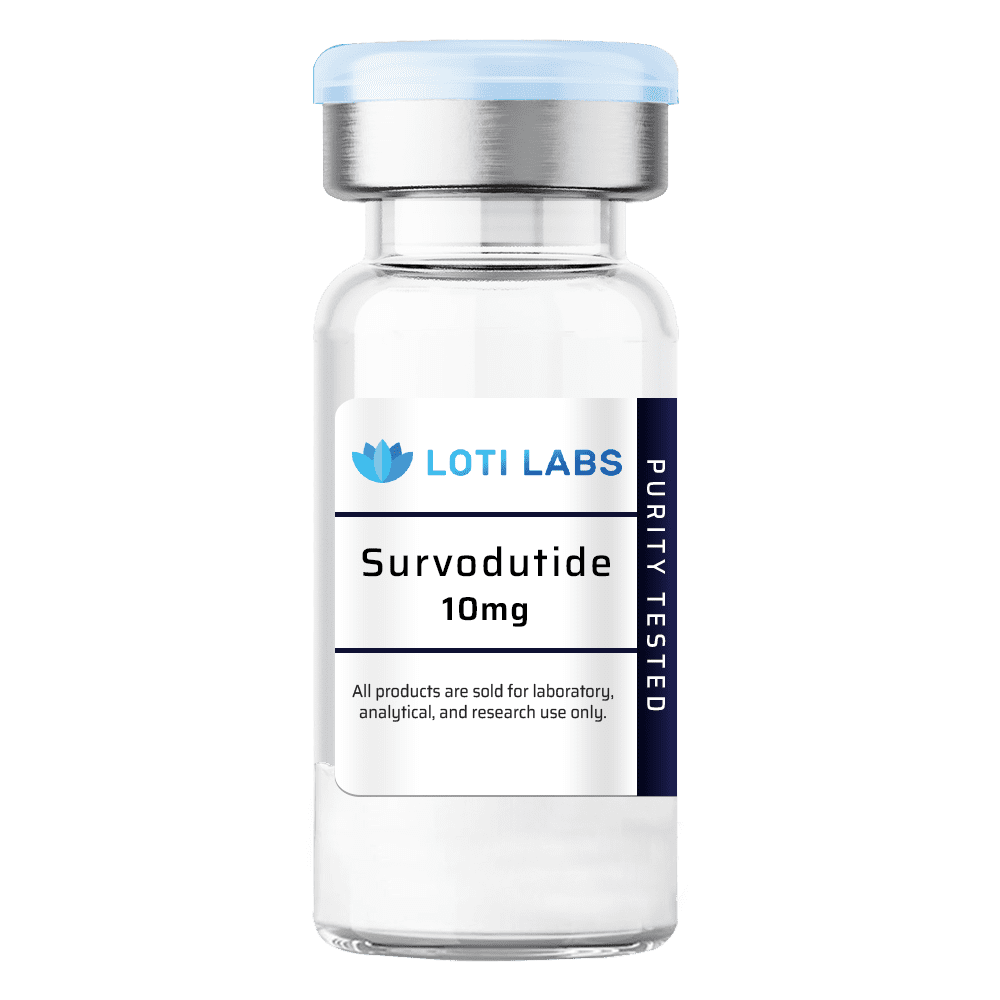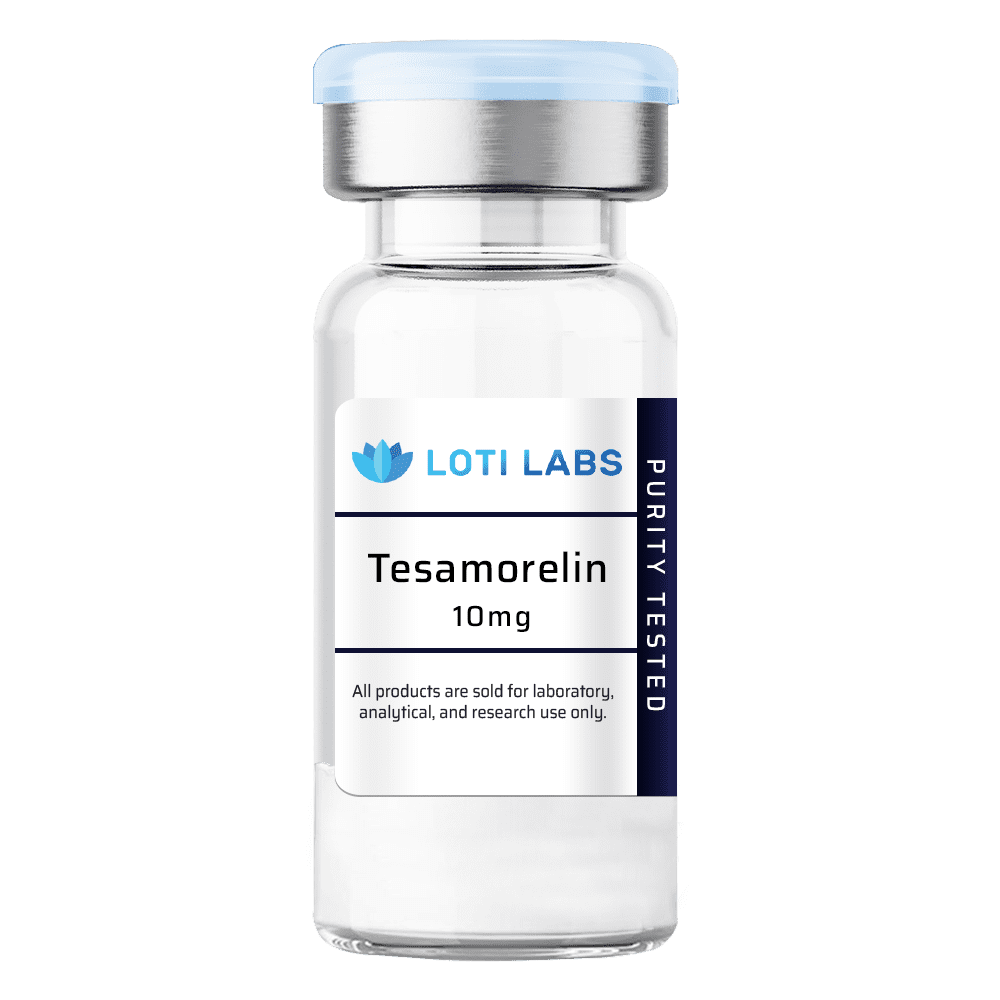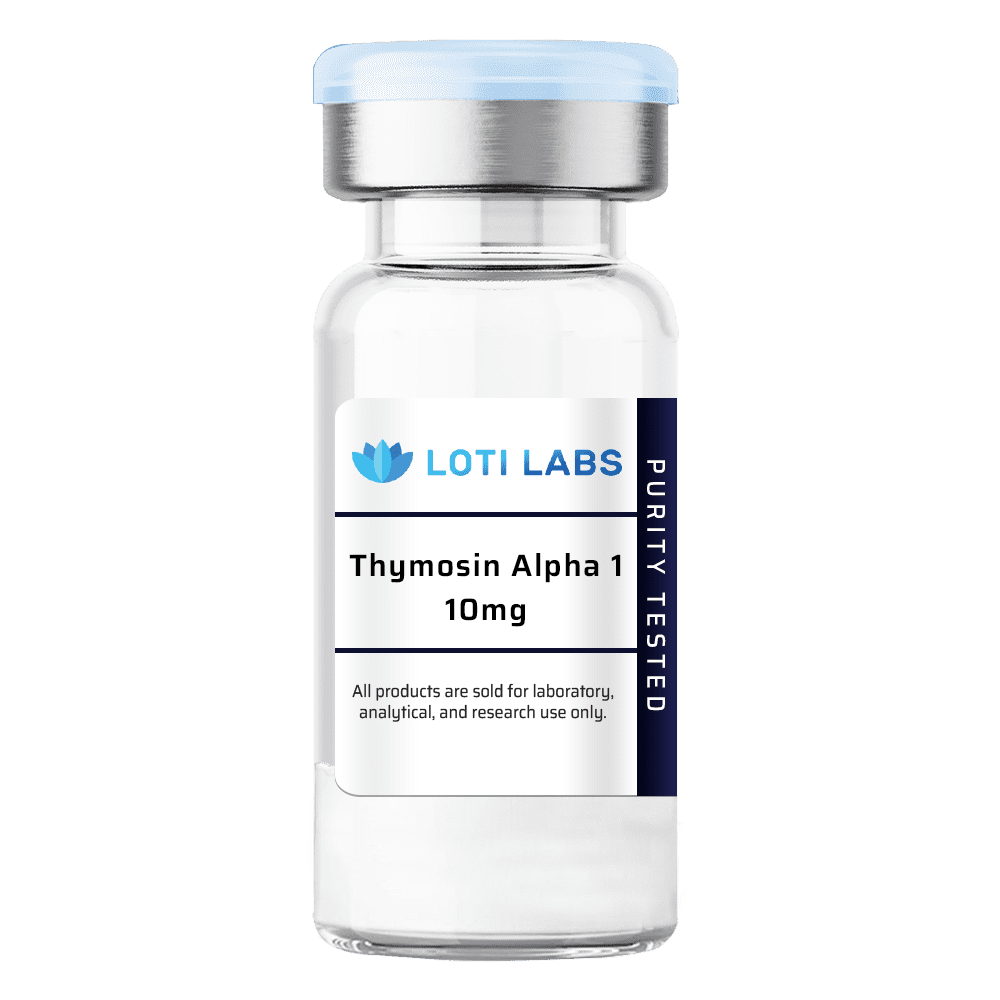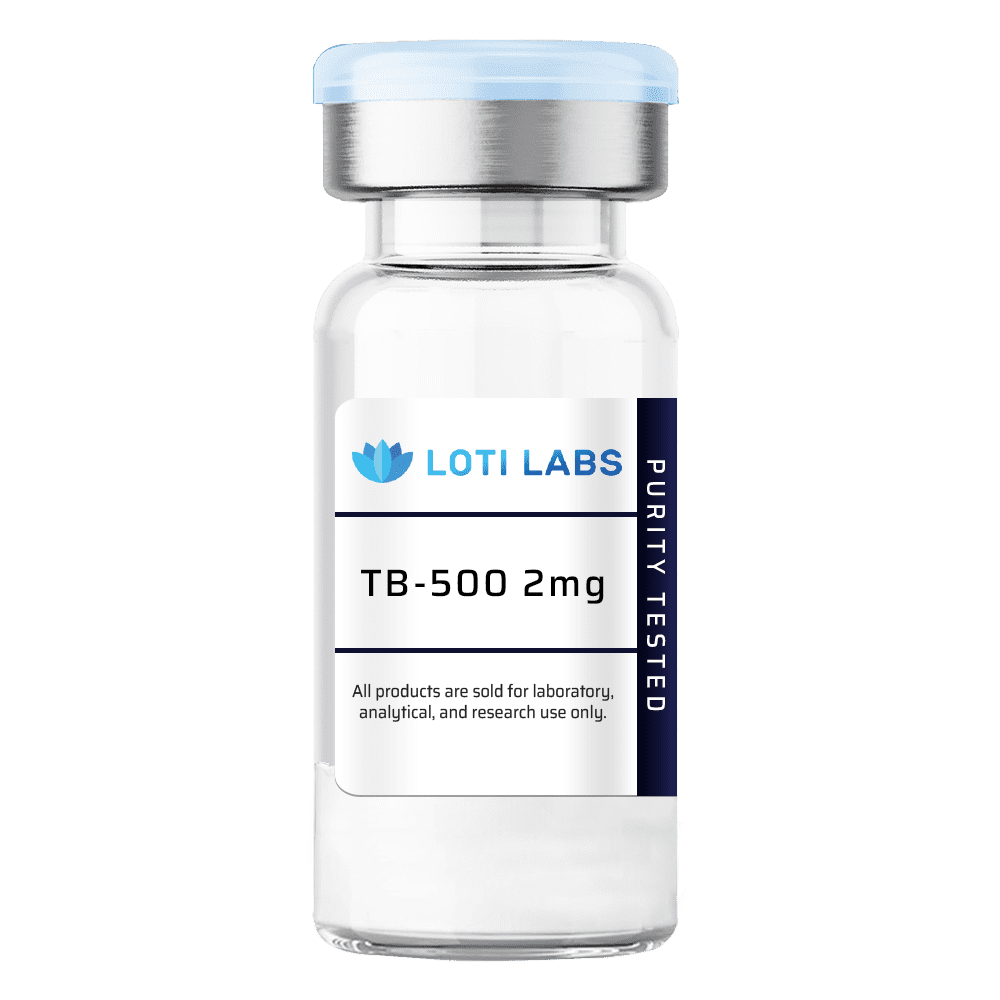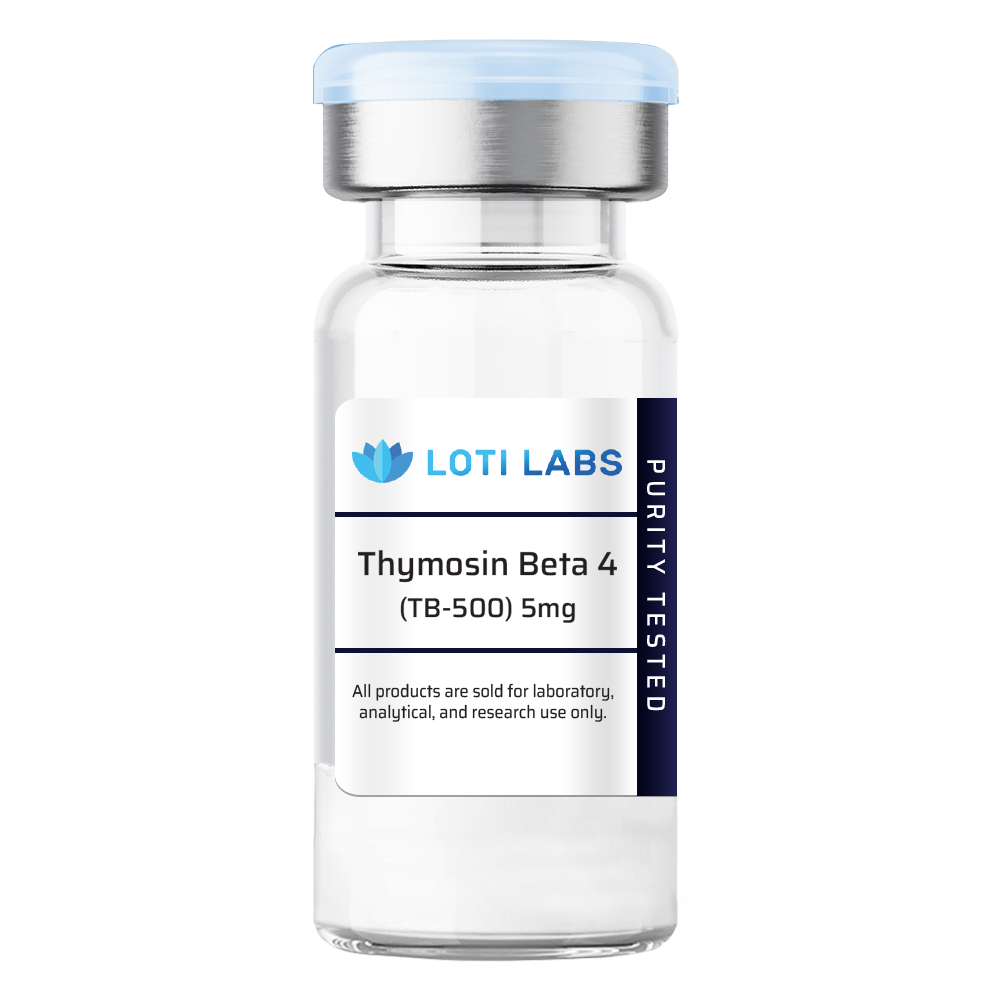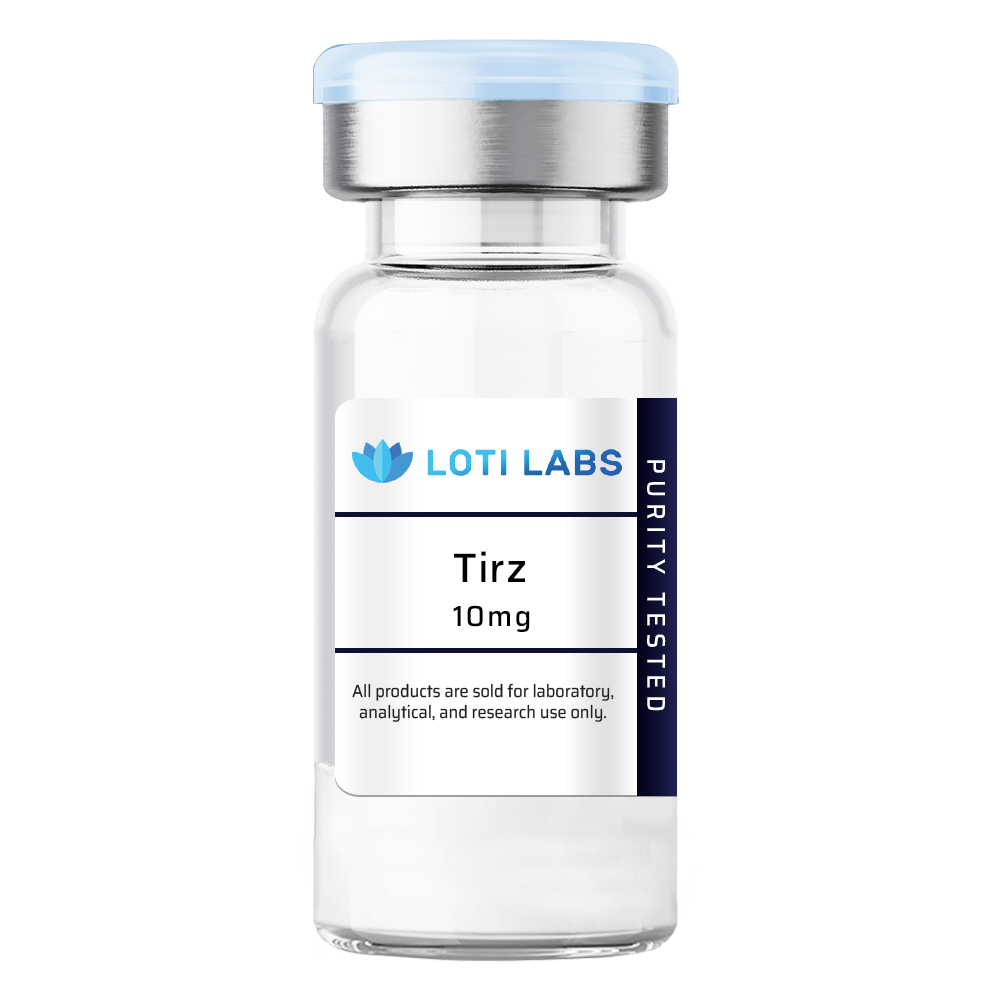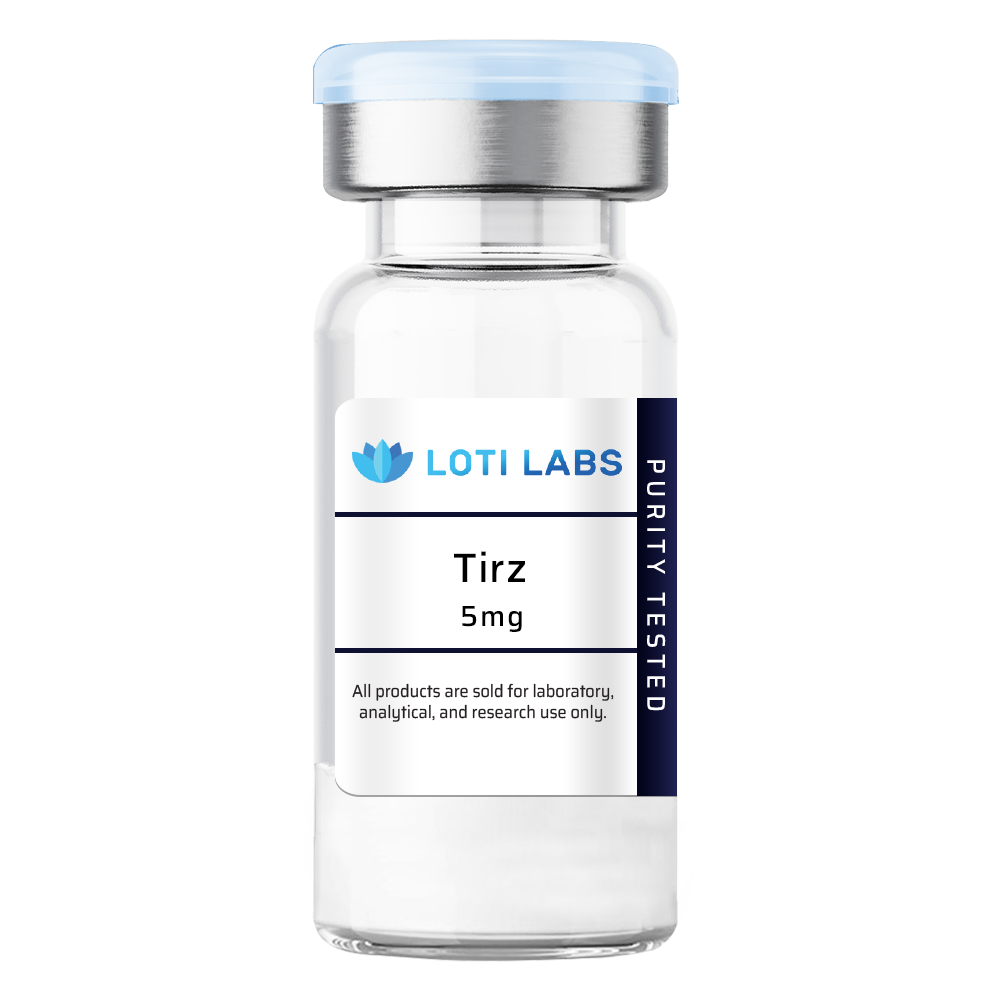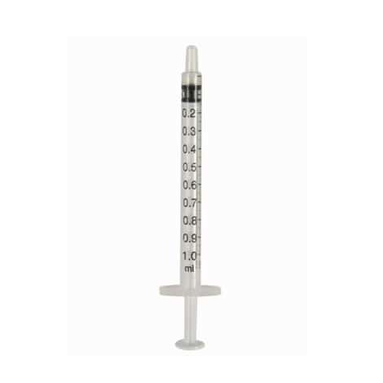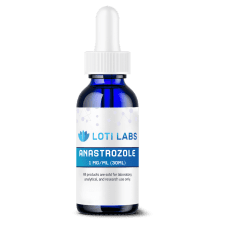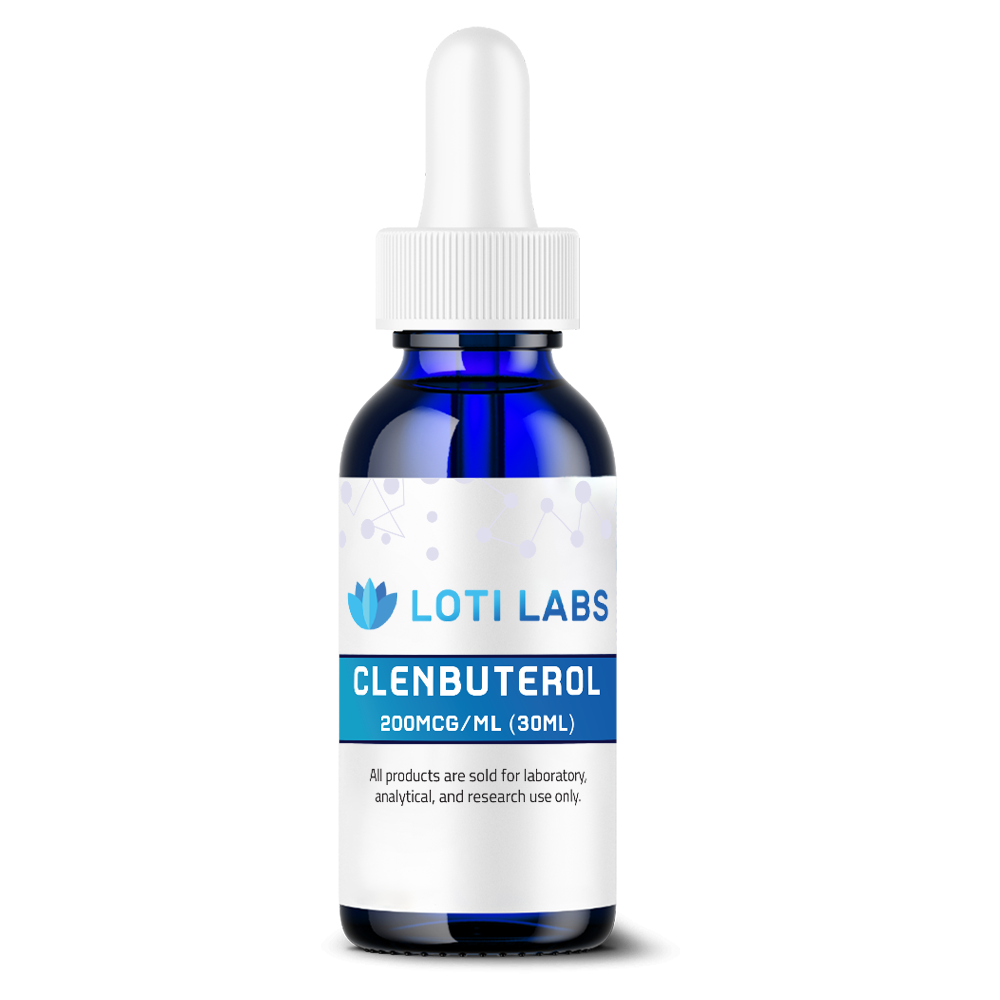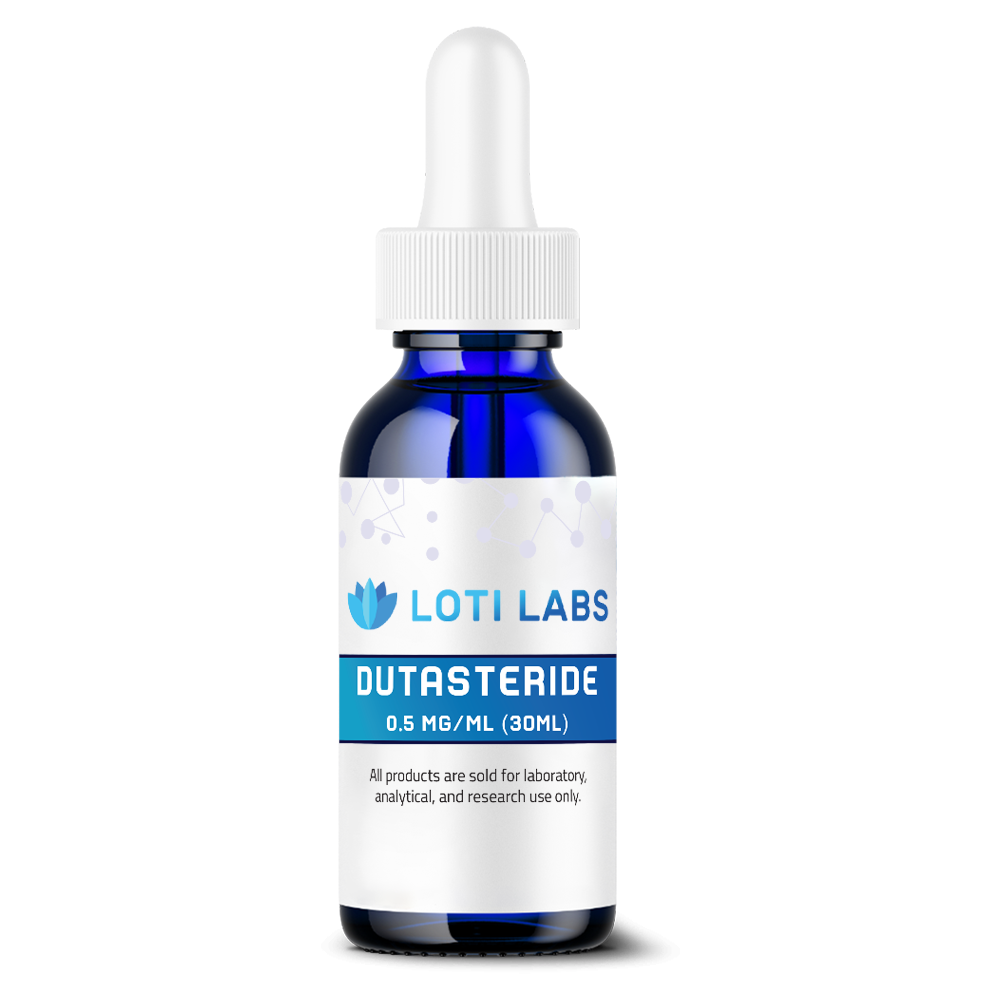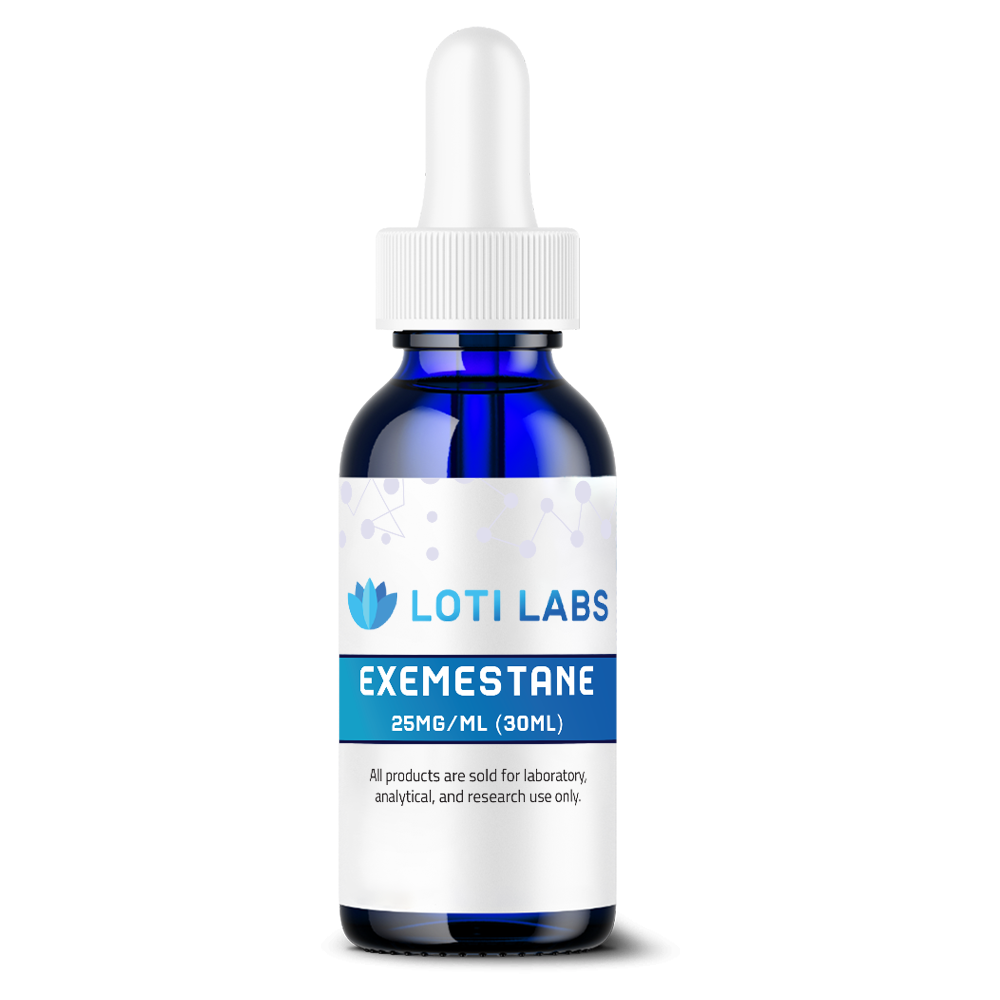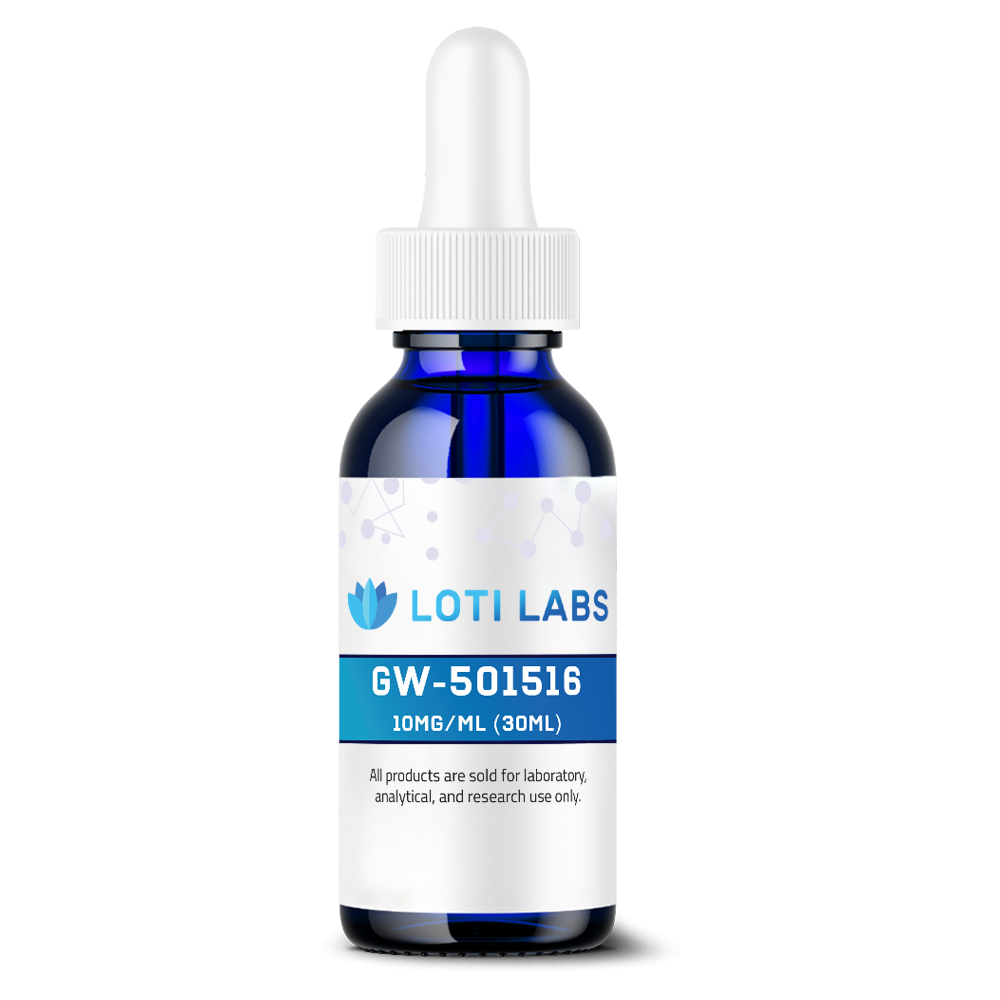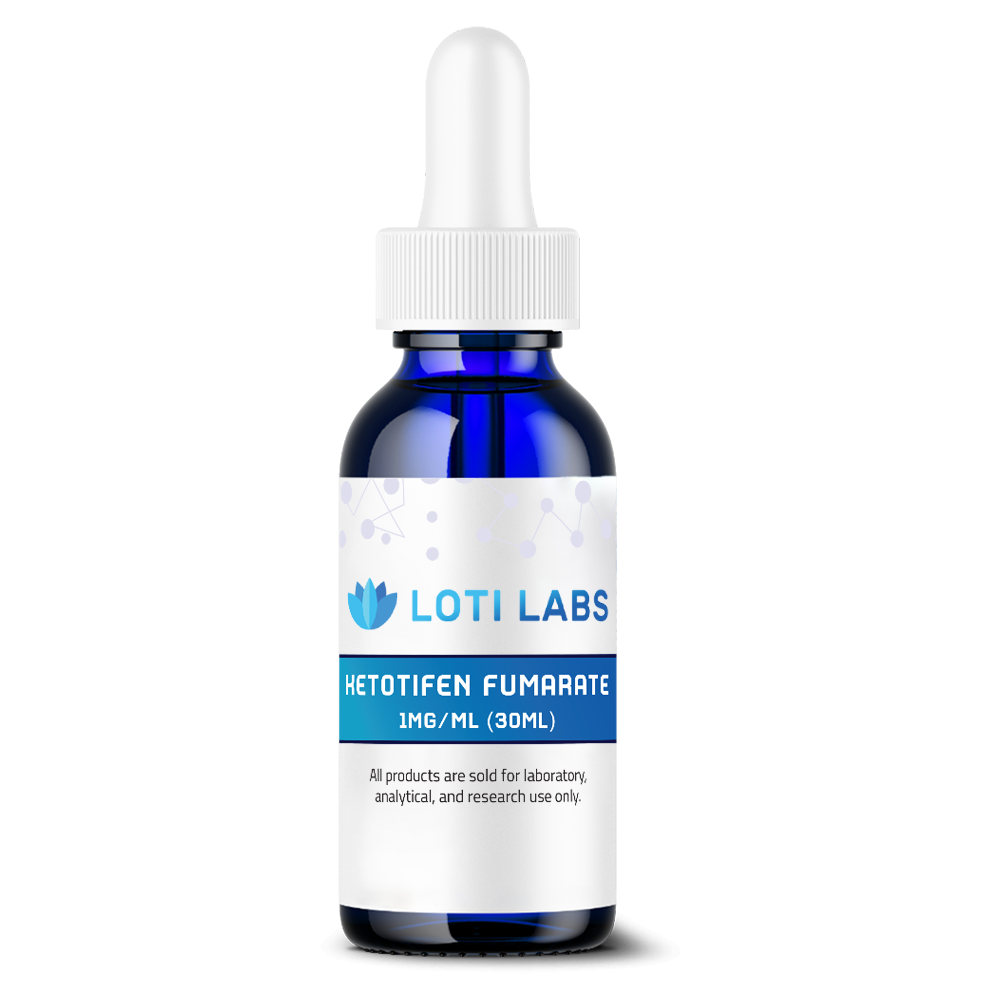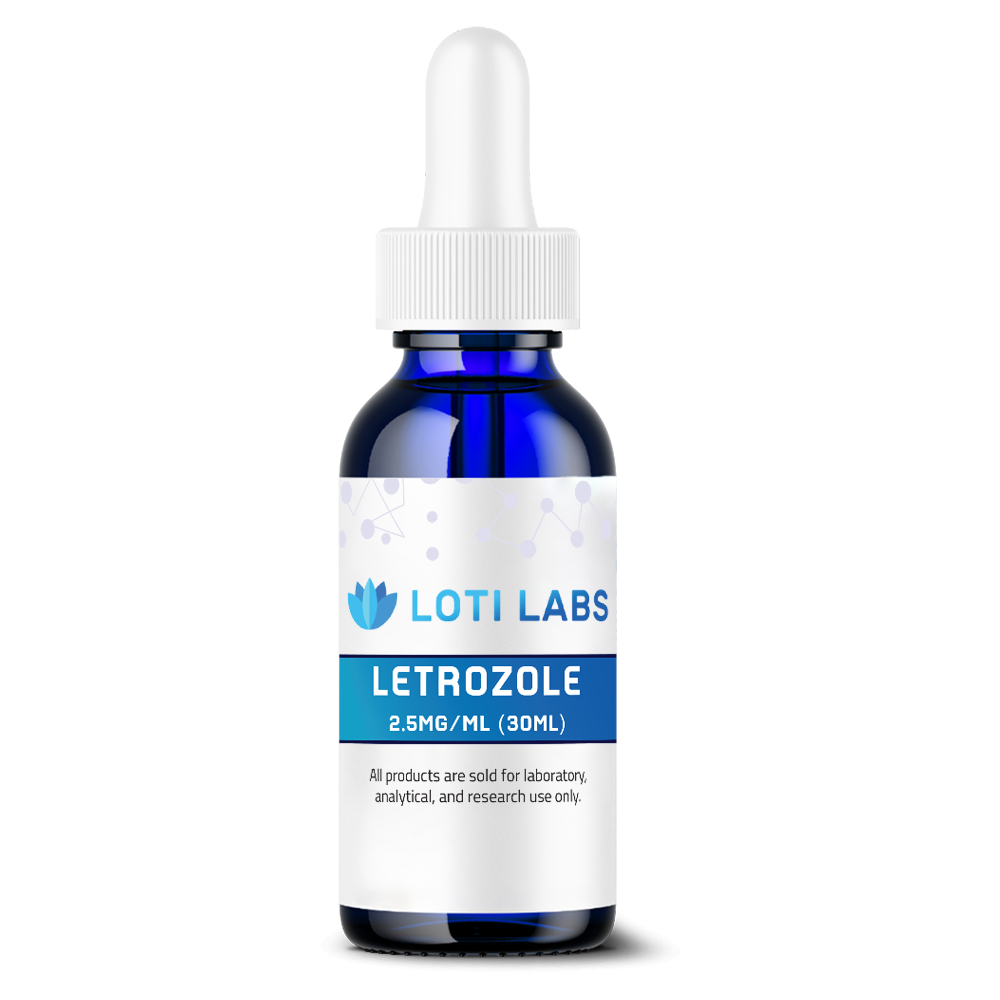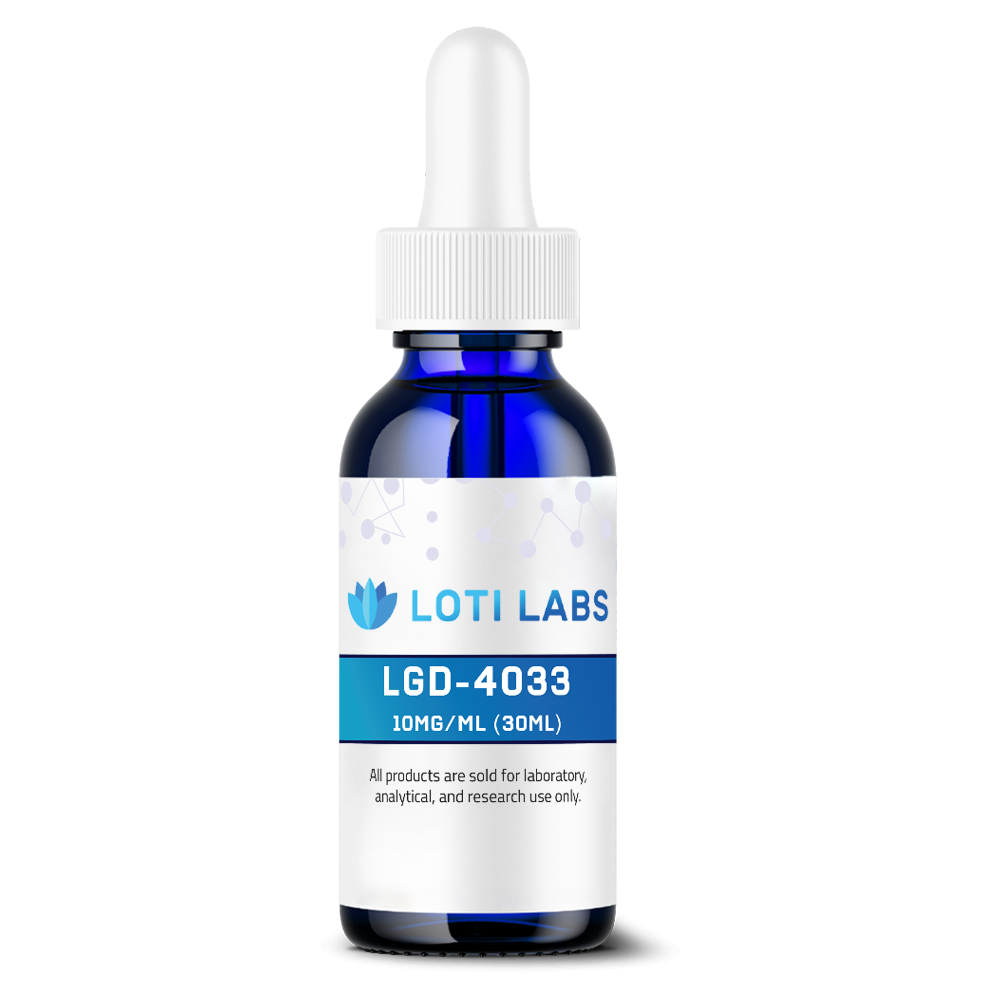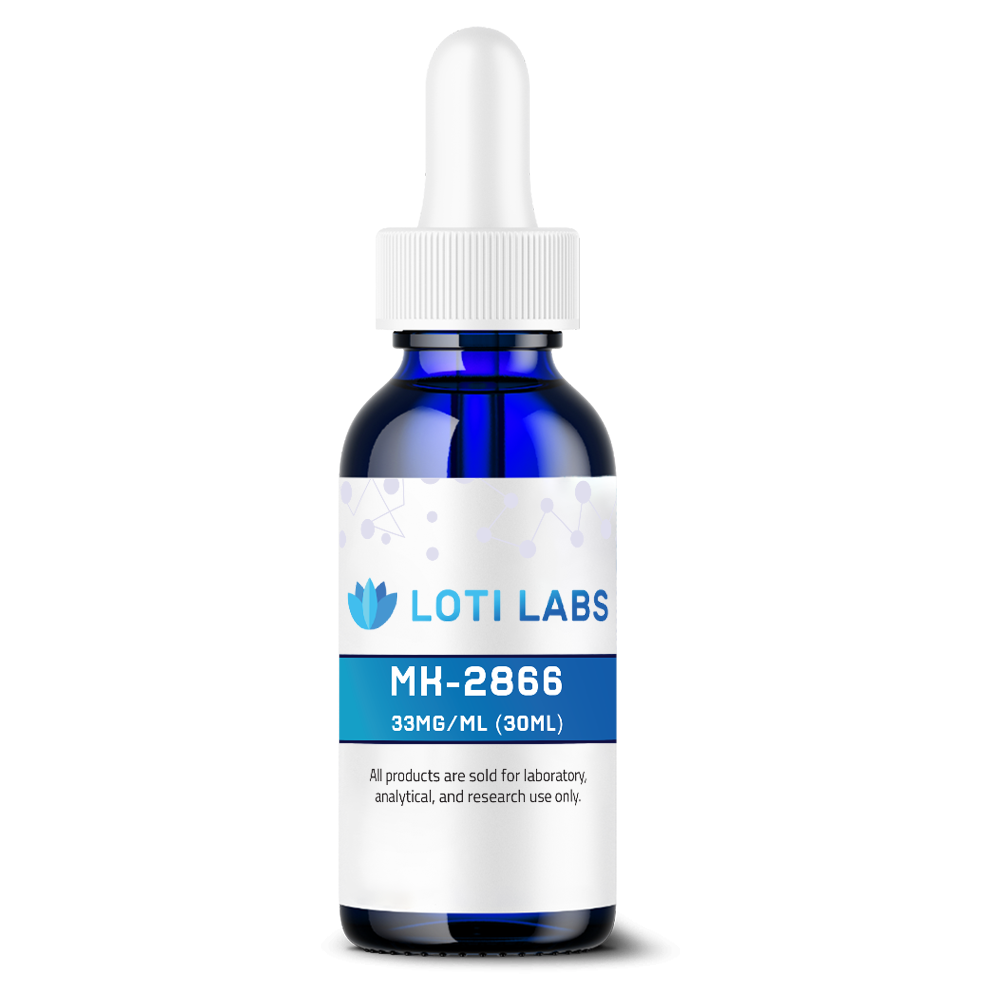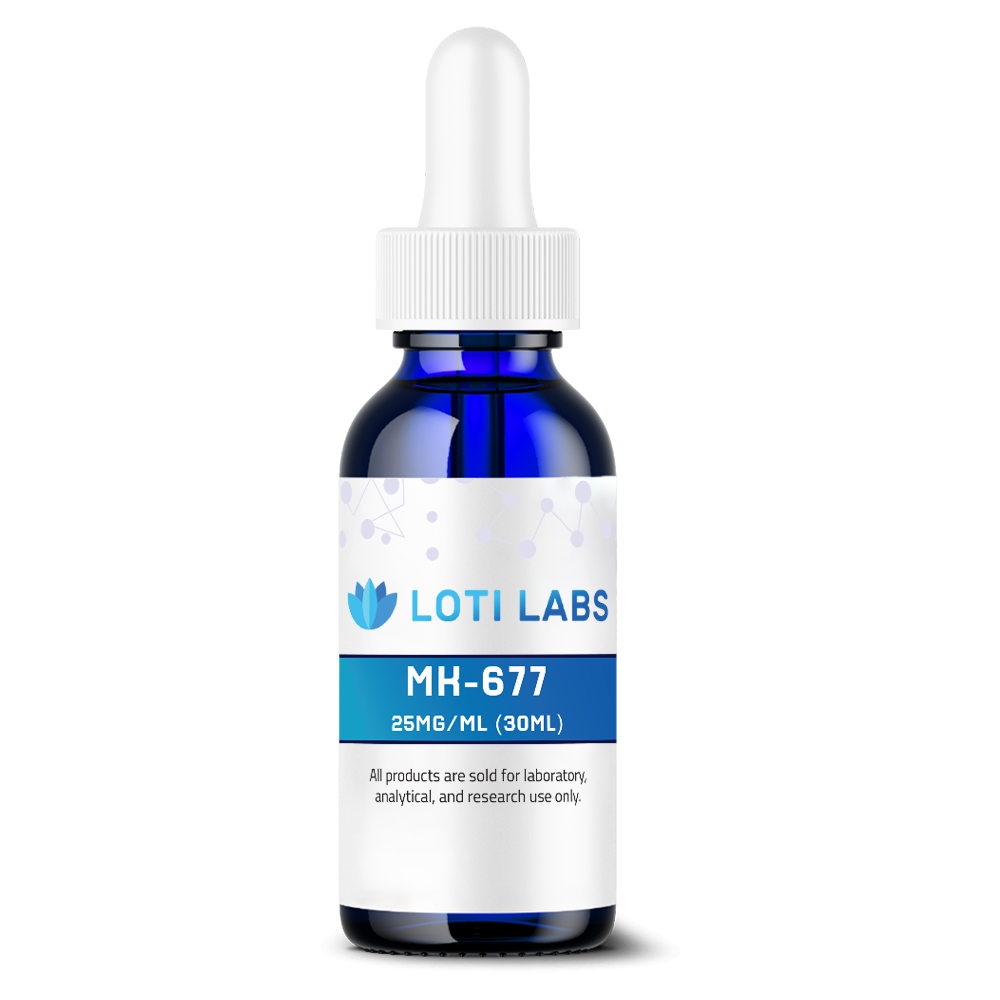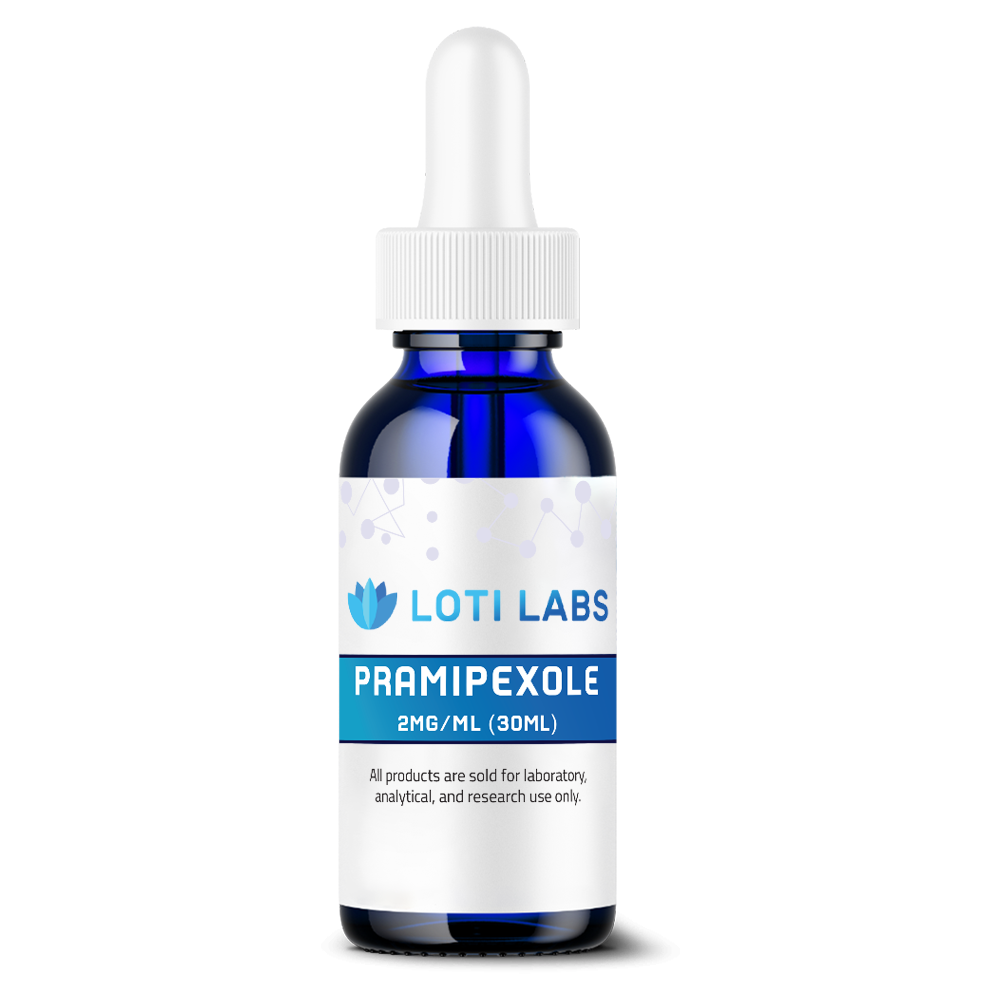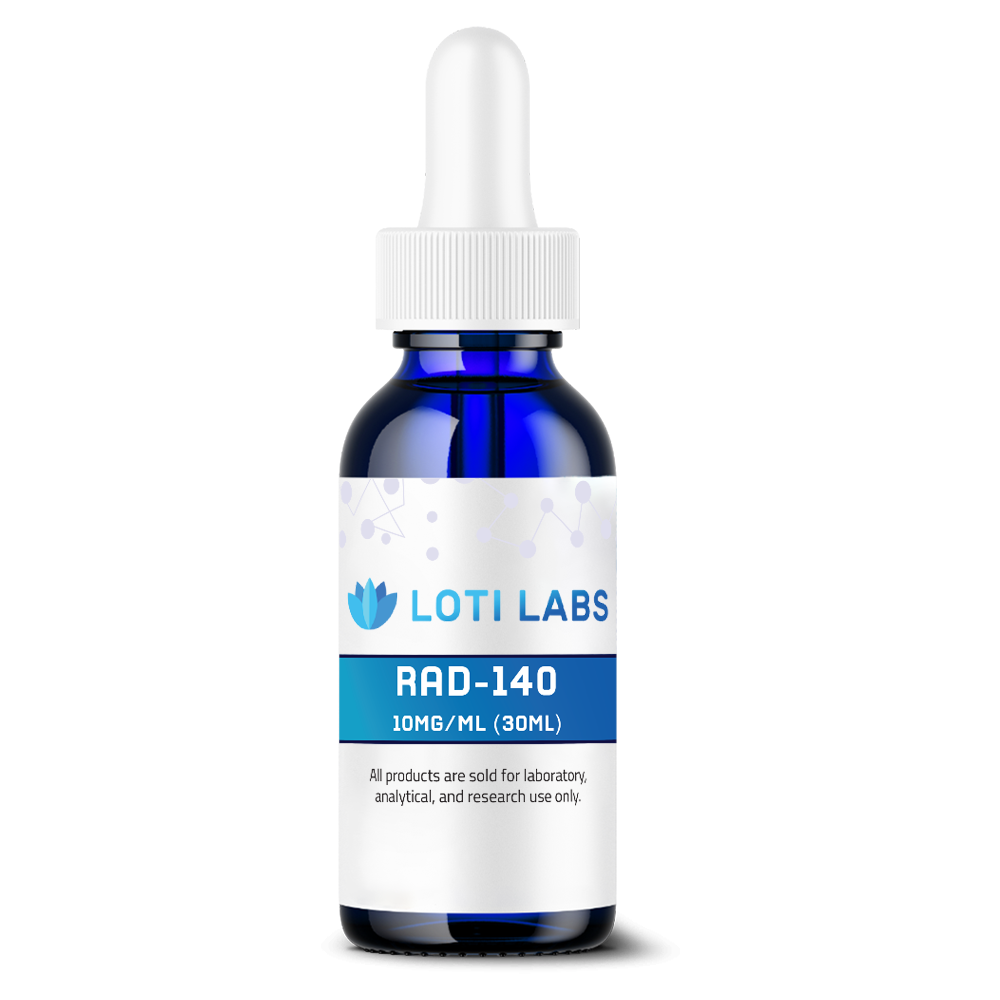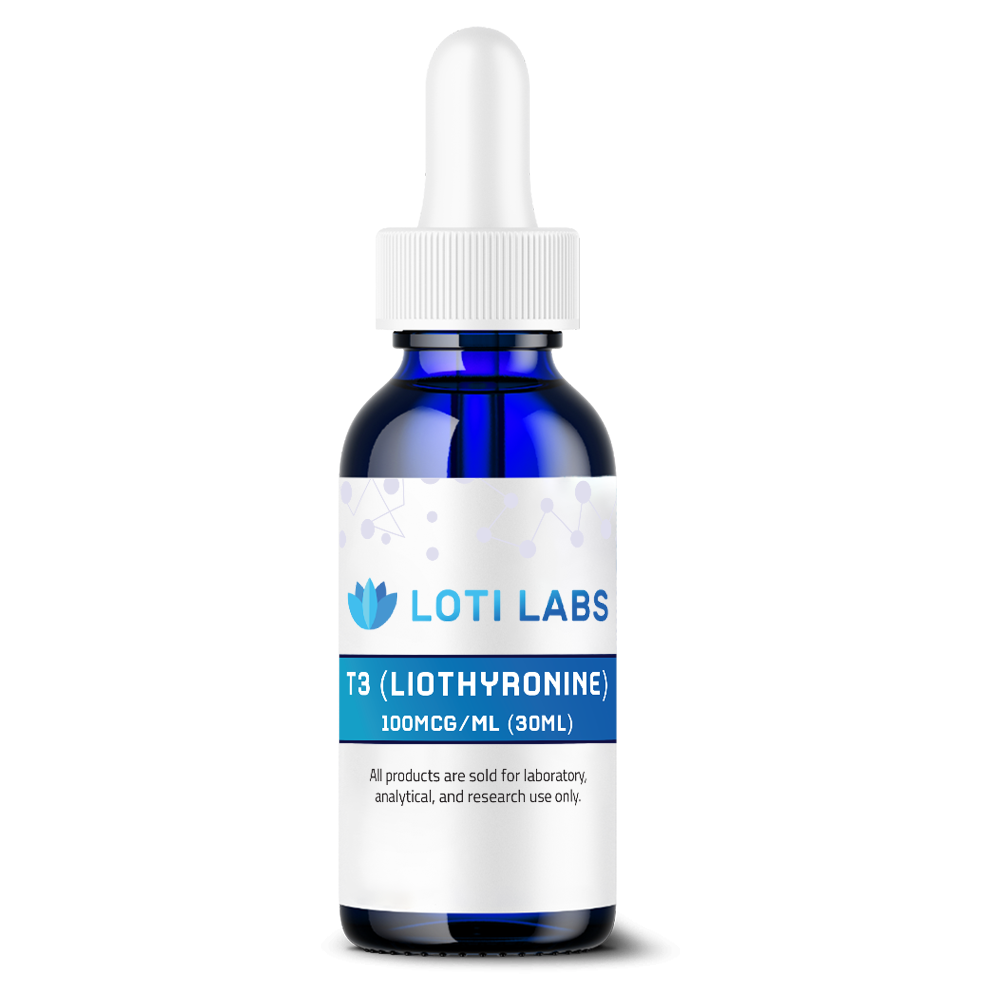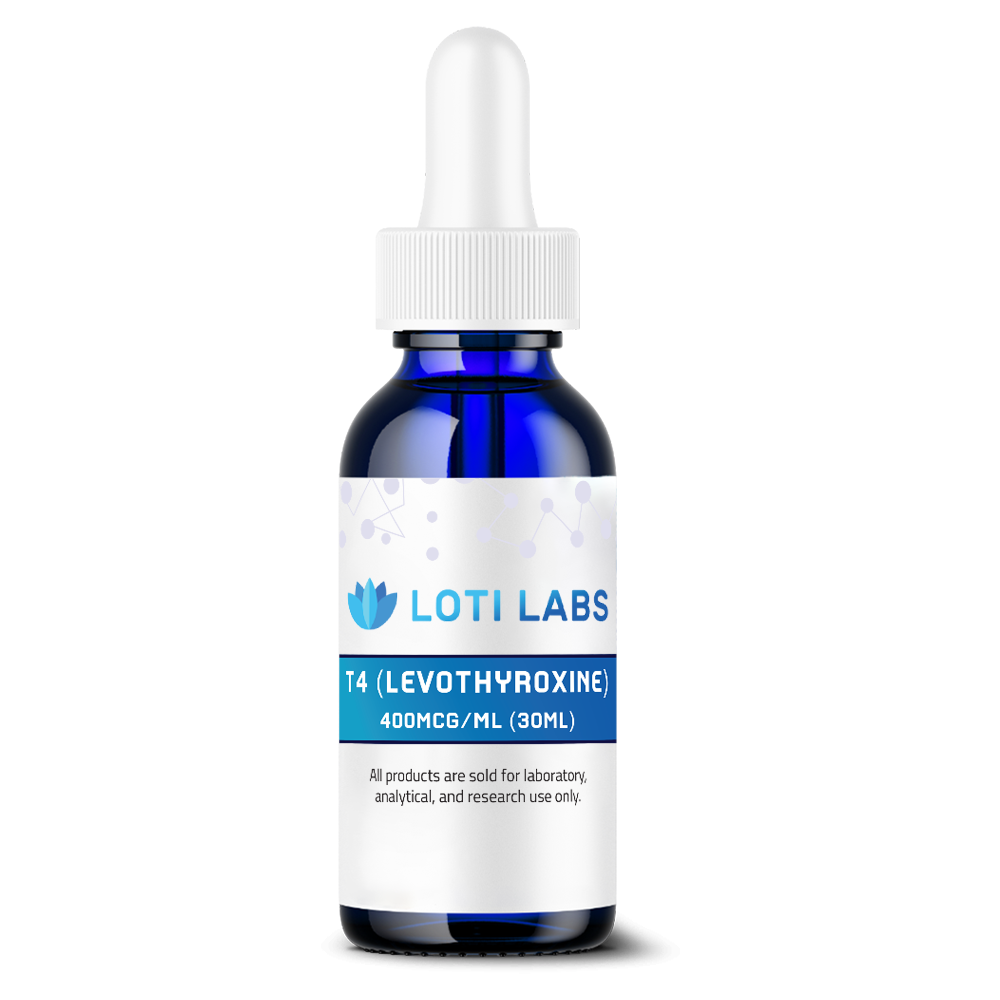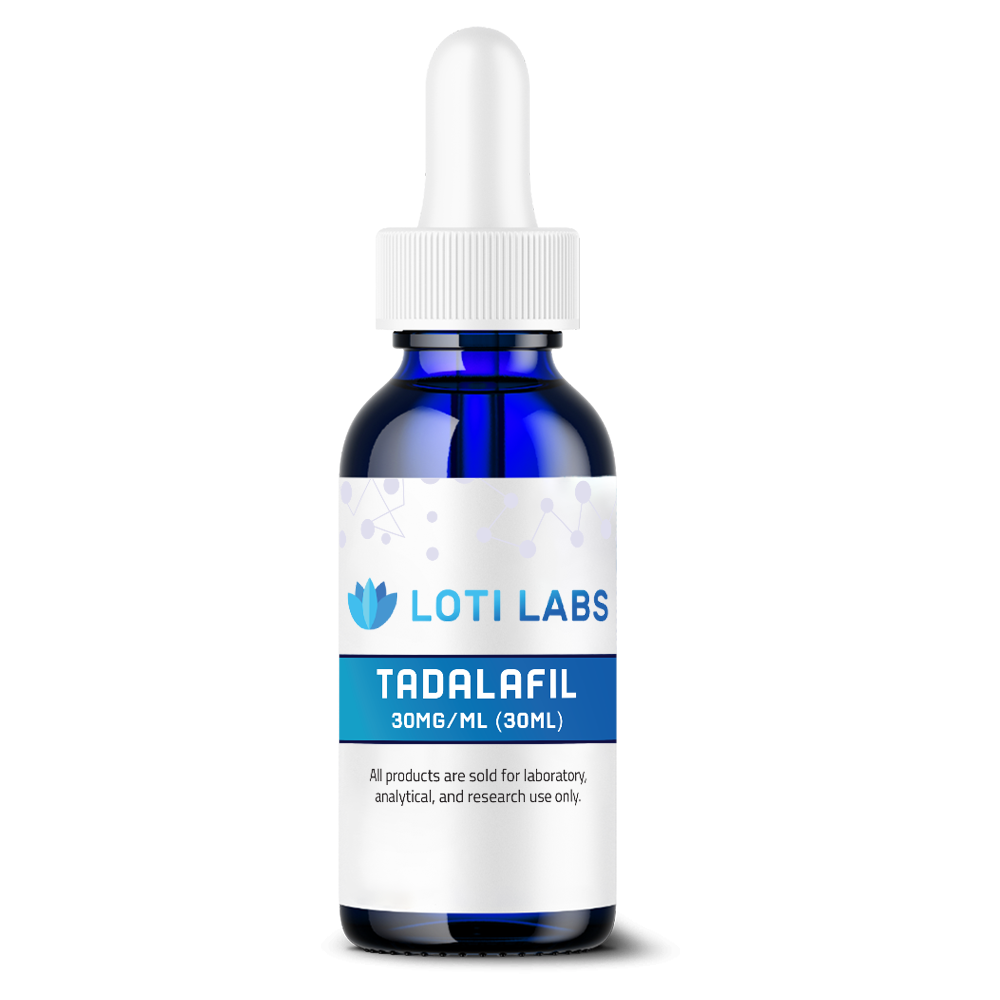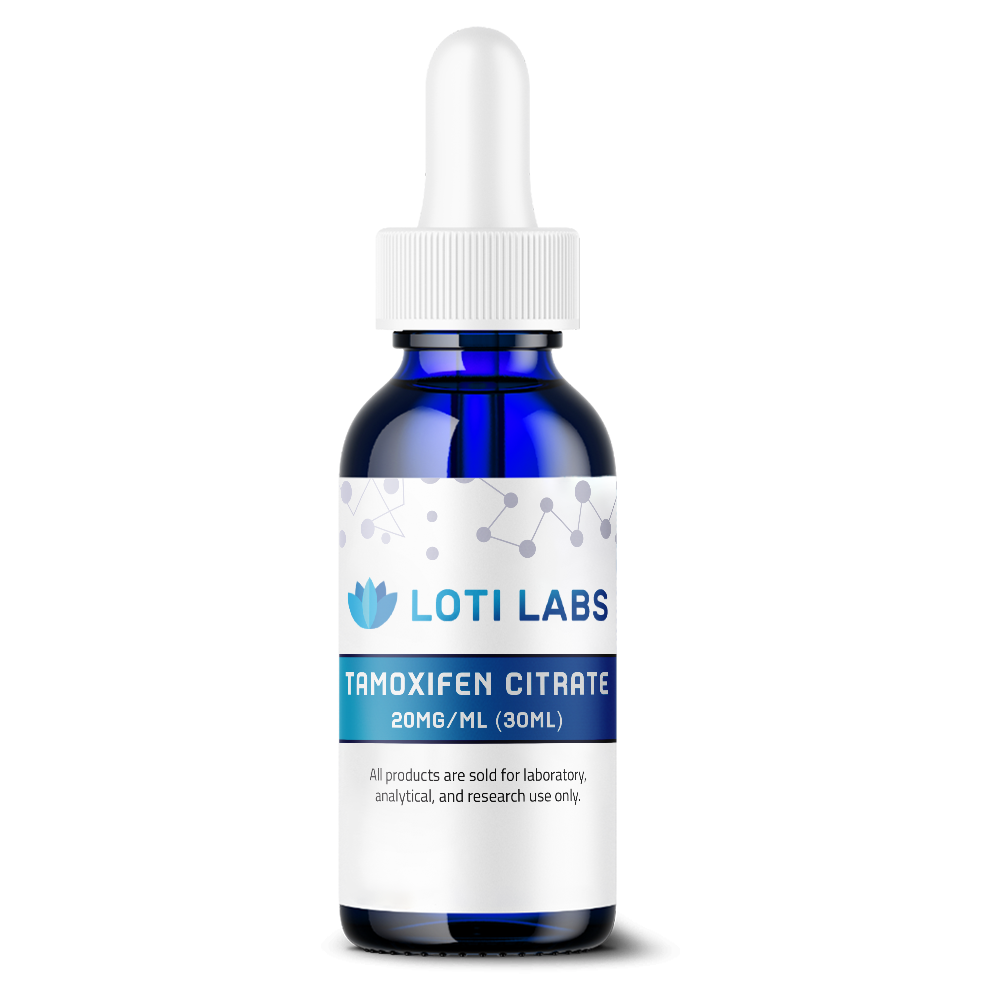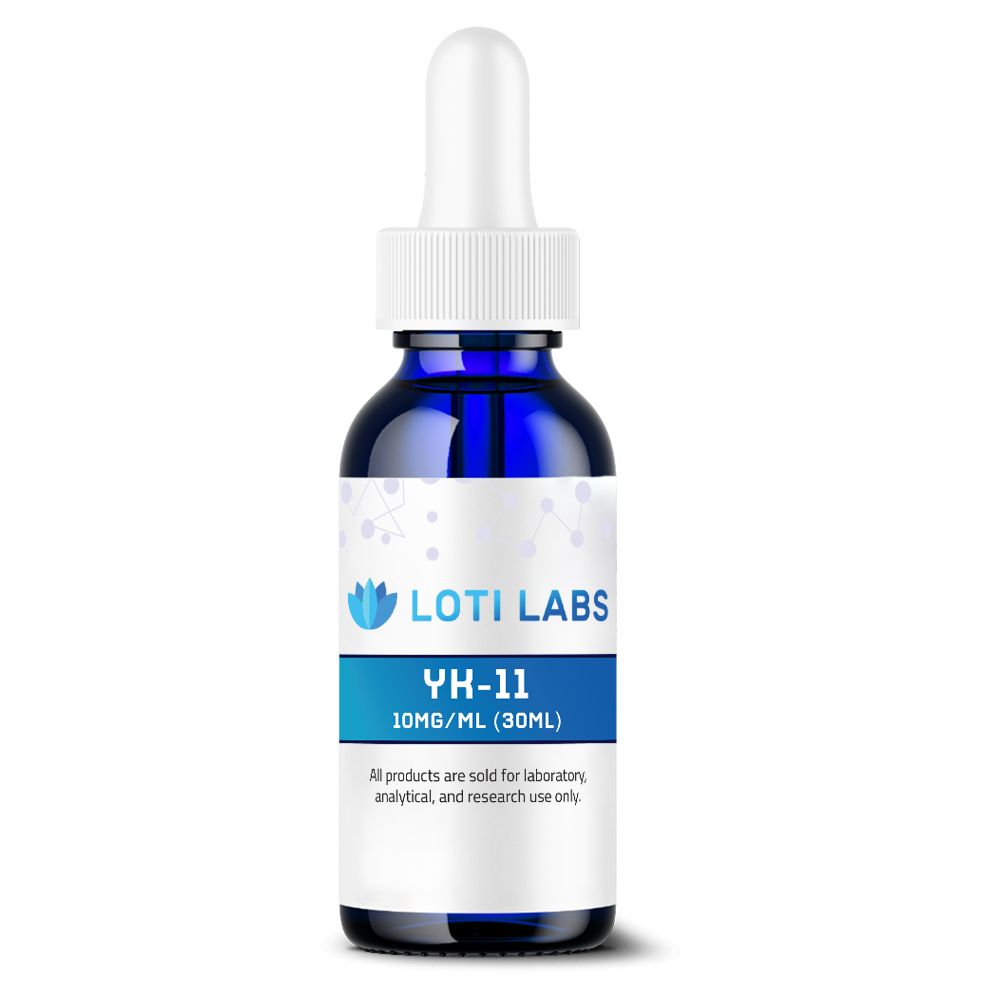Snap-8 10mg
$39.99
You save
This product is intended as a research chemical only. This designation allows the use of this chemical strictly for in-vitro laboratory testing and experimentation. Human or veterinary use is strictly forbidden. This product is not a drug, food or cosmetic and may not be misbranded, mislabeled or misused as such.

Buy Snap-8 at Loti Labs: Premium Research Peptide for Laboratory Studies
Research scientists know that molecular integrity is key in laboratory studies. When you buy Snap 8 from verified suppliers, the purity and structure matters. This guide covers the molecular characteristics, research applications and quality standards to consider when selecting premium Snap 8 peptide for in-vitro research.
Snap 8 is an advanced octapeptide that has been gaining attention in research labs studying neuromuscular mechanisms and peptide interactions. Understanding its molecular profile, storage requirements and sourcing considerations will help you make informed decisions when adding this compound to your experimental protocols.
Molecular Structure of Snap-8
Chemical Name: Acetyl Glutamyl Heptapeptide-1
Amino Sequence: Octapeptide of 8 amino acids
Molecular Formula: C41H60N10O14
Molecular Weight: 901.0 g/mol
CAS #: 868844-74-0
The molecular structure of Snap 8 has a specific arrangement of amino acids that sets it apart from shorter peptide analogs. This octapeptide has an acetylated n terminal end which research shows is more stable than non-acetylated variants. The sequence of these 8 amino acids allows for targeted interactions with biological systems in lab models.
The molecular weight of 901.0 g/mol is optimal for cellular uptake studies and the chemical formula reflects the complex arrangement of carbon, hydrogen, nitrogen and oxygen atoms that contribute to its biological activity. Research shows this specific amino acid sequence has higher binding affinity compared to other peptides of similar function.
Mechanism of Action
Snap 8 works by inhibiting the snare complex formation which reduces neurotransmitter release at targeted sites in lab muscle cell cultures. This inhibition causes temporary changes in muscle contraction patterns giving researchers a tool to study neuromuscular junction mechanisms. The octapeptide structure allows for higher binding efficiency than shorter chain peptides resulting in better modulation in controlled lab settings.Research shows that the mechanism involves competitive inhibition of SNAP-25 protein interactions, disrupting the normal process of cells releasing neurotransmitters efficiently. The same wrinkle formation mechanism that occurs through repetitive facial expressions in biological systems can be studied using Snap 8 in cellular models to see how facial muscle contractions and muscle contraction patterns respond to peptide intervention.
Lab studies show that Snap 8’s longer amino acid chain has advantages over argireline peptide and other peptides with shorter sequences. The compound’s ability to modulate muscle contractions in cell culture gives researchers insight into how different peptides affect neurotransmitter release and facial muscles responses in controlled environments.
Research Studies
Lab studies show optimal efficacy at 3-10% in final formulation preparations, with maximum results at higher concentration range. Research shows usage rate matters, with concentrations approaching 10% showing the most dramatic effects in cell culture studies.
In comparative analysis, Snap 8 showed better properties than similar compounds due to its longer amino acid chain structure. Research preparations combining Snap 8 with other compounds like hyaluronic acid and vitamin c showed synergistic effects in cell culture. These combination studies showed the peptide remained stable while potentially enhancing overall results.
| Concentration | Observed Effects | Duration |
|---|---|---|
| 3% | Mild cellular response | 24-48 hours |
| 5% | Moderate activity | 48-72 hours |
| 10% | Maximum response | 72+ hours |
Researchers have noted that when combined with other research compounds, Snap 8 maintains its properties while allowing investigation of synergistic mechanisms. Studies with vitamin c and hyaluronic acid and Snap 8 have given valuable insights into multi-compound interactions and their effects on cell culture.
Storage and Safety
Snap 8 powder is stable for 12 months at room temperature in dark, clean conditions. Refrigeration at 4°C extends research viability to 18 months, significantly longer than the compound’s shelf life for long term research.
Solutions should be stored in dark blue or amber glass containers to prevent light induced degradation that can affect experimental results. During lab preparation, solutions should be below 40°C to preserve peptide integrity and biological activity. Research shows that above 40°C can slightly destabilize the peptide and affect experimental outcomes.Solutions should be stored properly sealed and protected from environmental contaminants. The final product should be stored away from direct light sources and researchers should monitor storage conditions to ensure optimal peptide performance throughout the duration of their studies.
Storage Recommendations:
- Powder form: Room temperature, dark conditions (12 months)
- Refrigerated powder: 4°C storage (18 months)
- Solutions: Dark glass containers, below 40°C
- Protect from light and moisture contamination
Why Buy from Loti Labs
Loti Labs provides pharmaceutical grade Snap 8 with verified chemical homogeneity and consistent crystalline structure. Our products are paraben free, vegan and cruelty free, meeting the highest laboratory standards. Each final product ships in UV protective containers with secure sealing mechanism to maintain peptide integrity during transportation and storage.
Our certificate of analysis documents peptide purity, molecular weight confirmation and contaminant testing results. This documentation supports researchers to keep detailed records of their experimental protocols and ensures compliance with laboratory standards. The bulk base purity is typically above 98% so researchers can have confidence in their experimental parameters.
When you buy Snap 8 from Loti Labs, you will receive detailed synthesis and handling documentation to support traceability and reproducibility in research settings. Our quality control process verifies the polymorphous crystalline structure in freeze dried powder formulation to ensure consistent chemical homogeneity across all batches.
Products from Loti Labs are for Research Use Only
All products sold by Loti Labs are for research chemicals only. This means the use of this substance is strictly for in-vitro laboratory testing and experimentation. Human or veterinary use is strictly forbidden. This product is not intended to prevent disease and may not be misbranded, mislabeled or misused for any non-research applications.
Research applications include studying neuromuscular mechanisms, investigating peptide interactions in cell culture, and examining the compound’s effect on muscle contraction patterns in lab settings. The compound is a valuable tool for researchers to study anti aging mechanisms at cellular level and how different formulation approaches affect peptide stability and activity.
Shipping Policy of Loti Labs
Loti Labs ships same day for orders placed before 1pm EST Monday to Friday. Orders placed after 1pm EST or on weekends will be shipped the next business day. Our packaging protocol ensures temperature, light and physical protection standards are met during transit to preserve your research materials.
Satisfaction Guarantee
Loti Labs offers 30 day money back guarantee on all products. Simply return any unopened products to us for full refund of the purchase price of the unused products. This policy allows researchers to buy high quality materials with confidence to support their experimental goals and laboratory requirements.
Third Party Testing of Every Batch
Every batch of products sold by Loti Labs is tested by third party using HPLC to ensure product purity and accuracy. Our quality control process verifies the polymorphous crystalline structure in freeze dried powder with consistent chemical homogeneity. Certificate of analysis document molecular weight specifications and absence of microbial contaminants.
This testing includes verification of amino acid sequence, molecular weight at 901.0 g/mol, and overall peptide stability. Each certificate provides detailed information of purity percentages, typically above 98%, and documents the absence of potentially interfering substances that can affect experimental results.
Research laboratories require consistent quality standards to get reproducible results across multiple experiments. Our third party verification process supports these requirements by providing independent confirmation of product specifications and chemical integrity.
Comparison with Other Research Peptides
Research shows that Snap 8 has advantages over shorter peptide sequences like argireline peptide. The eight amino acids structure provides better binding and stability in laboratory formulation. Studies comparing different peptides have shown that octapeptide configuration has better activity in cell culture studying muscle contraction mechanisms.
The molecule design is an improvement over hexapeptide, giving researchers a more robust tool to study neuromuscular interactions. When formulating research preparations, scientists have found that Snap 8 remains active across a broader range of experimental conditions than other peptides with similar mechanism.
Lab studies have shown that Snap 8’s structure allows for more precise targeting of specific cellular pathways while being compatible with other research compounds. This makes it useful for multi-component studies and complex experimental designs.
Research Formulations
Research laboratories use Snap 8 in various experimental formulations to study its interaction with other compounds and its effect on cell culture. Scientists have successfully added the peptide to serum based preparations to study its activity in different solution environment.
Studies on formulation stability have shown that Snap 8 remains intact when combined with other compounds like hyaluronic acid and antioxidants. These combination studies provide valuable information on how different substances interact at molecular level and how formulation approach can optimize experimental results.The compound can be formulated in various solution bases to design experiments that mimic different environmental conditions. This flexibility allows to study peptide behavior and mechanism of action across different experimental parameters.
Quality and Documentation
When buying research chemicals, documentation quality affects experimental reproducibility and regulatory compliance. Loti Labs provides detailed certificates of analysis that includes molecular weight verification, purity assessment and contaminant screening results for each batch of Snap 8.
Our quality control includes verification of amino acid sequence through advanced analytical techniques to ensure that researchers get exactly the compound they specified for their experimental design. Mass spectrometry confirmation provides additional verification of molecular weight at 901.0 g/mol.
The package includes synthesis information, handling recommendations and storage protocols to support peptide performance throughout the research process. This comprehensive approach ensures researchers have all the information they need to maintain experimental standards and get reliable results.
Conclusion
Researchers looking to buy Snap 8 for lab use will find that quality, documentation and handling protocols matter. The octapeptide structure and stability make it a valuable tool to research neuromuscular mechanisms and peptide interactions in cell culture.
Loti Labs commitment to pharmaceutical grade quality, testing and documentation support researchers to get reproducible results and comply with lab standards. Our same day shipping and satisfaction guarantee provide extra assurance for research teams with time sensitive experimental schedule.
For researchers planning to add Snap 8 to their next protocol, the verified purity, detailed certificates of analysis and storage guidelines ensure optimal conditions for lab work.
References and Citations
- Blanes-Mira, C. et al. (2002). A synthetic hexapeptide (Argireline) with antiwrinkle activity. International Journal of Cosmetic Science, 24(5), 303-310.
- Gutierrez, L.M. et al. (1997). A peptide that mimics the C-terminal sequence of SNAP-25 inhibits secretory vesicle docking in chromaffin cells. Journal of Biological Chemistry, 272(5), 2634-2639.
- Wang, Y. (2018). Cosmetic peptides in vitro and molecular mechanisms of action. Journal of Cosmetic Dermatology, 17(5), 562-568.
| Weight | .03125 lbs |
|---|
